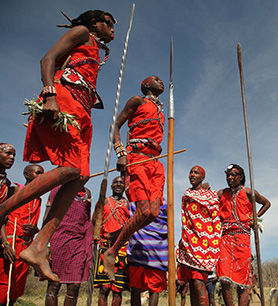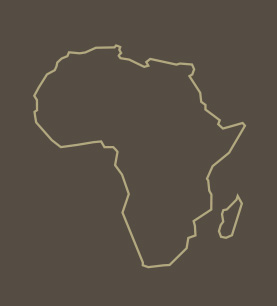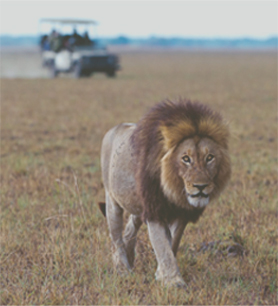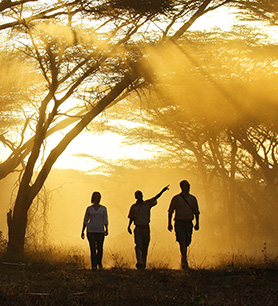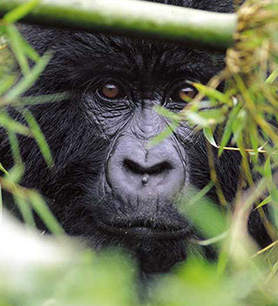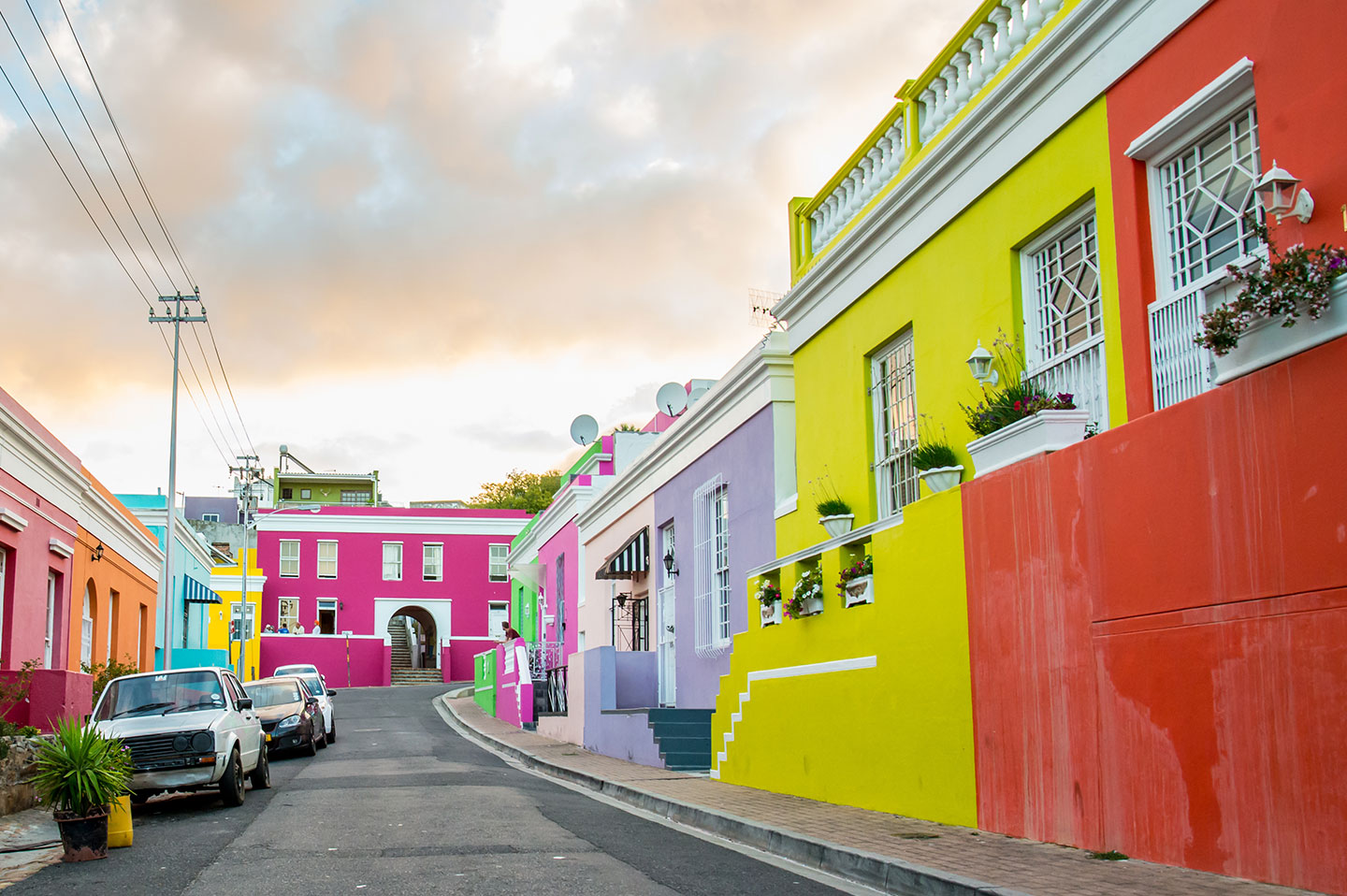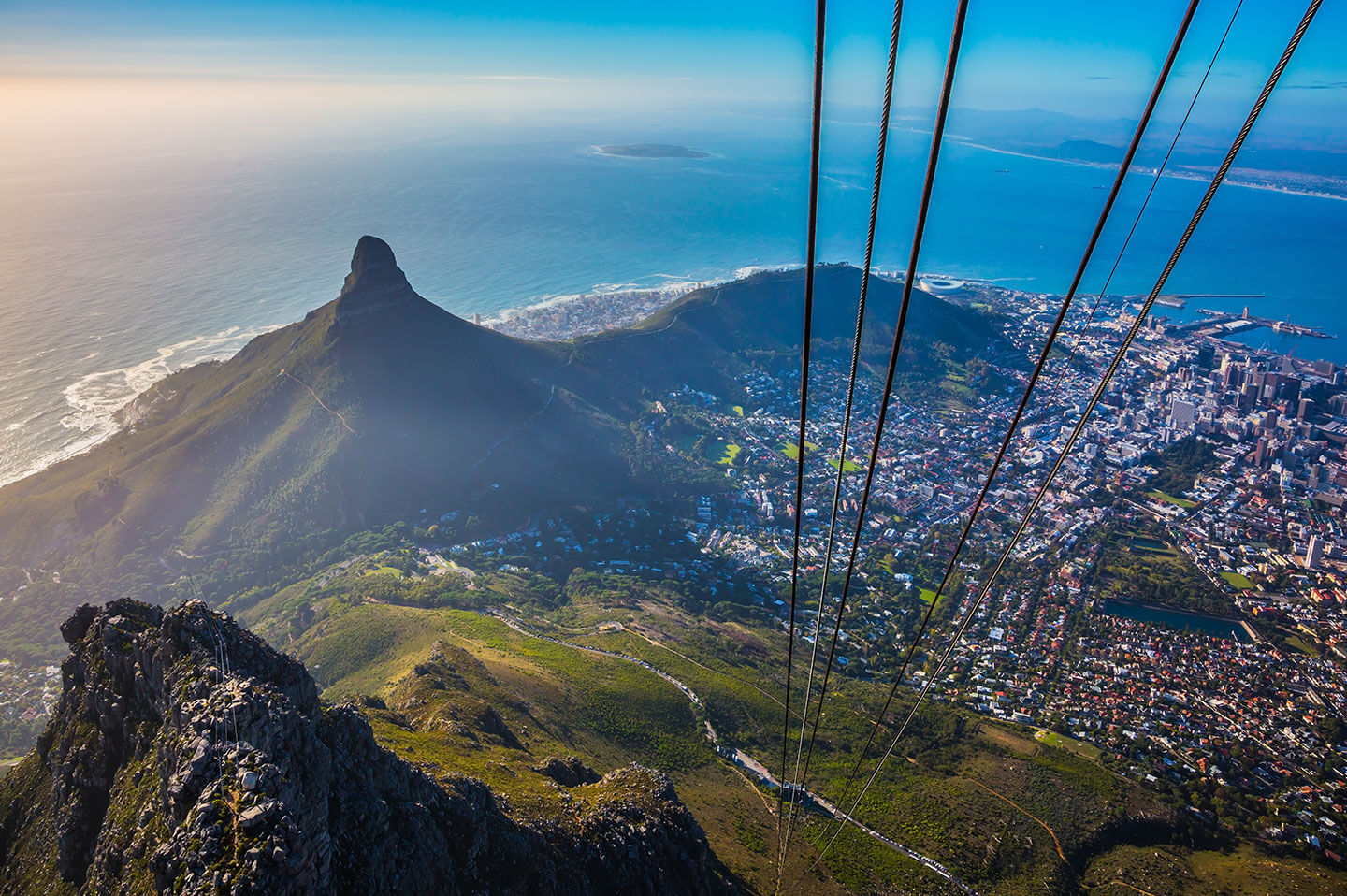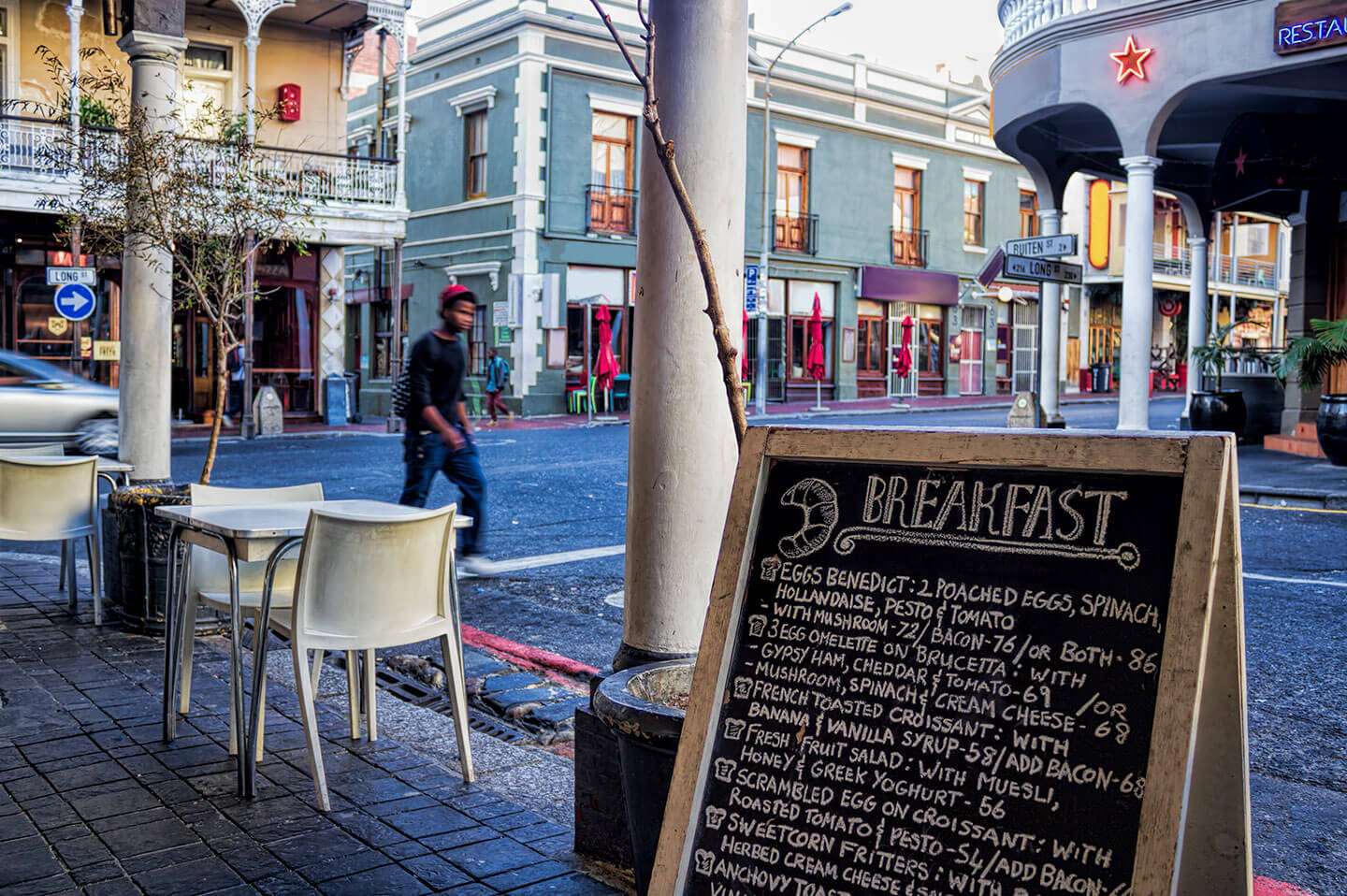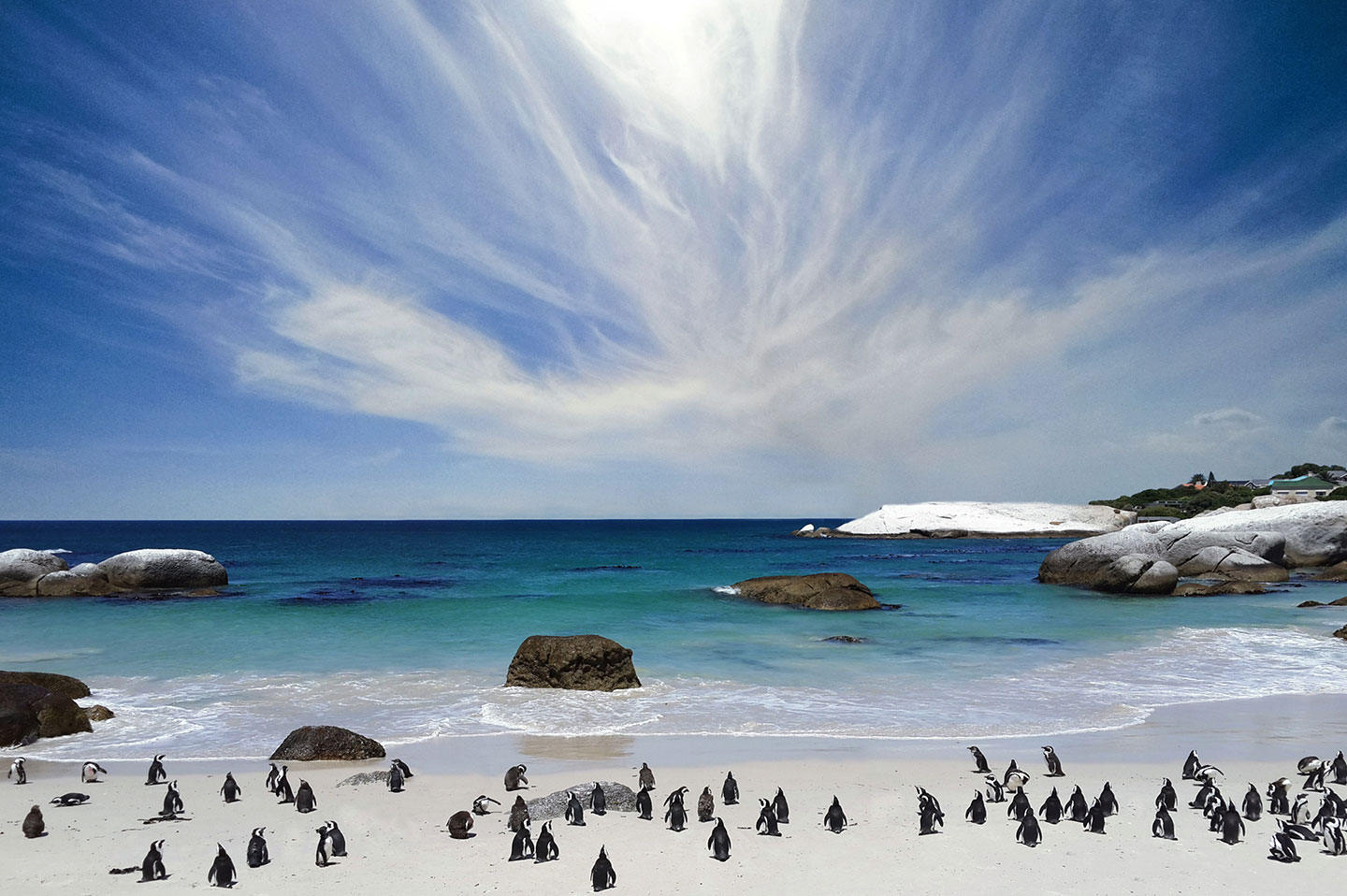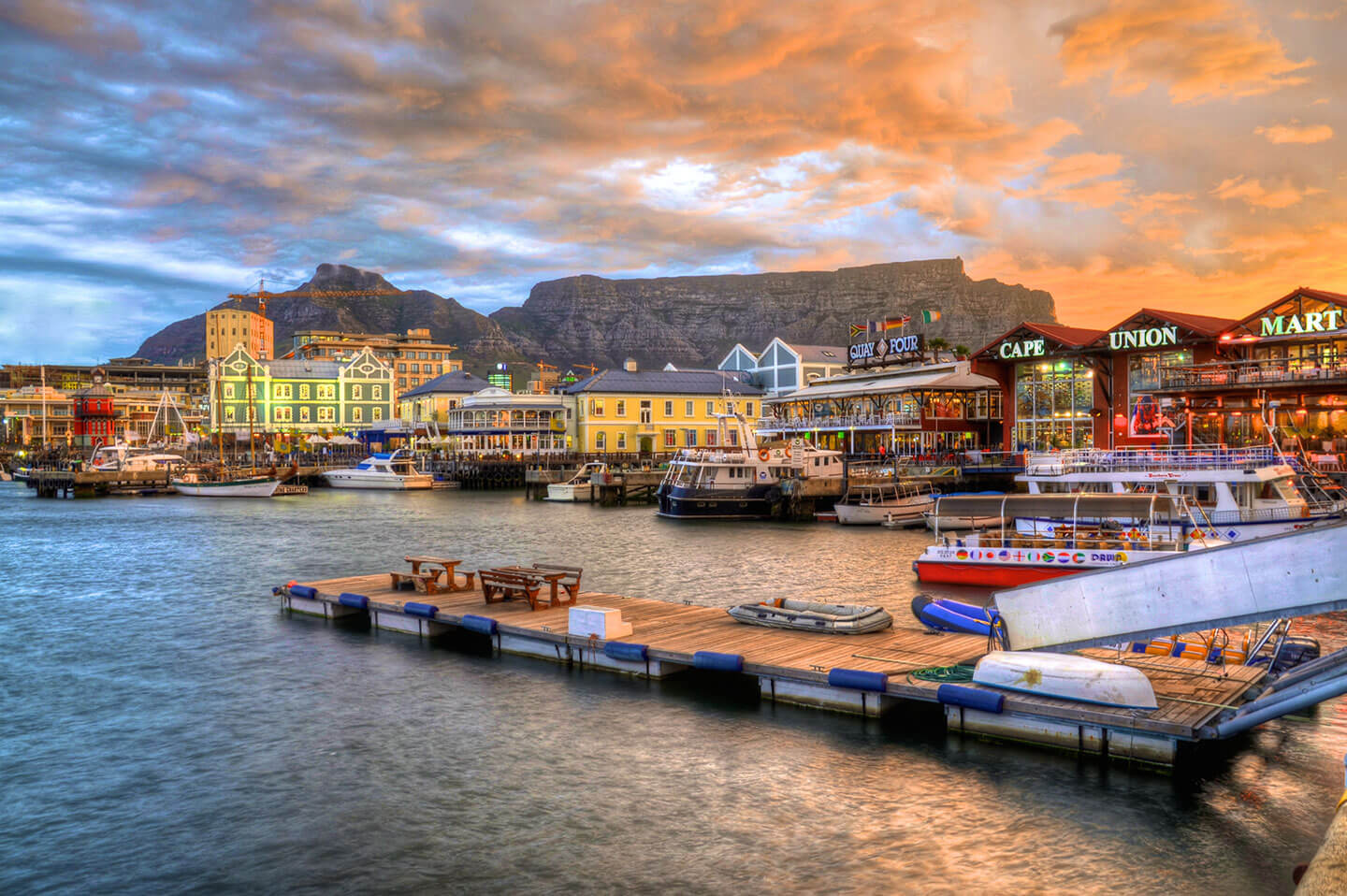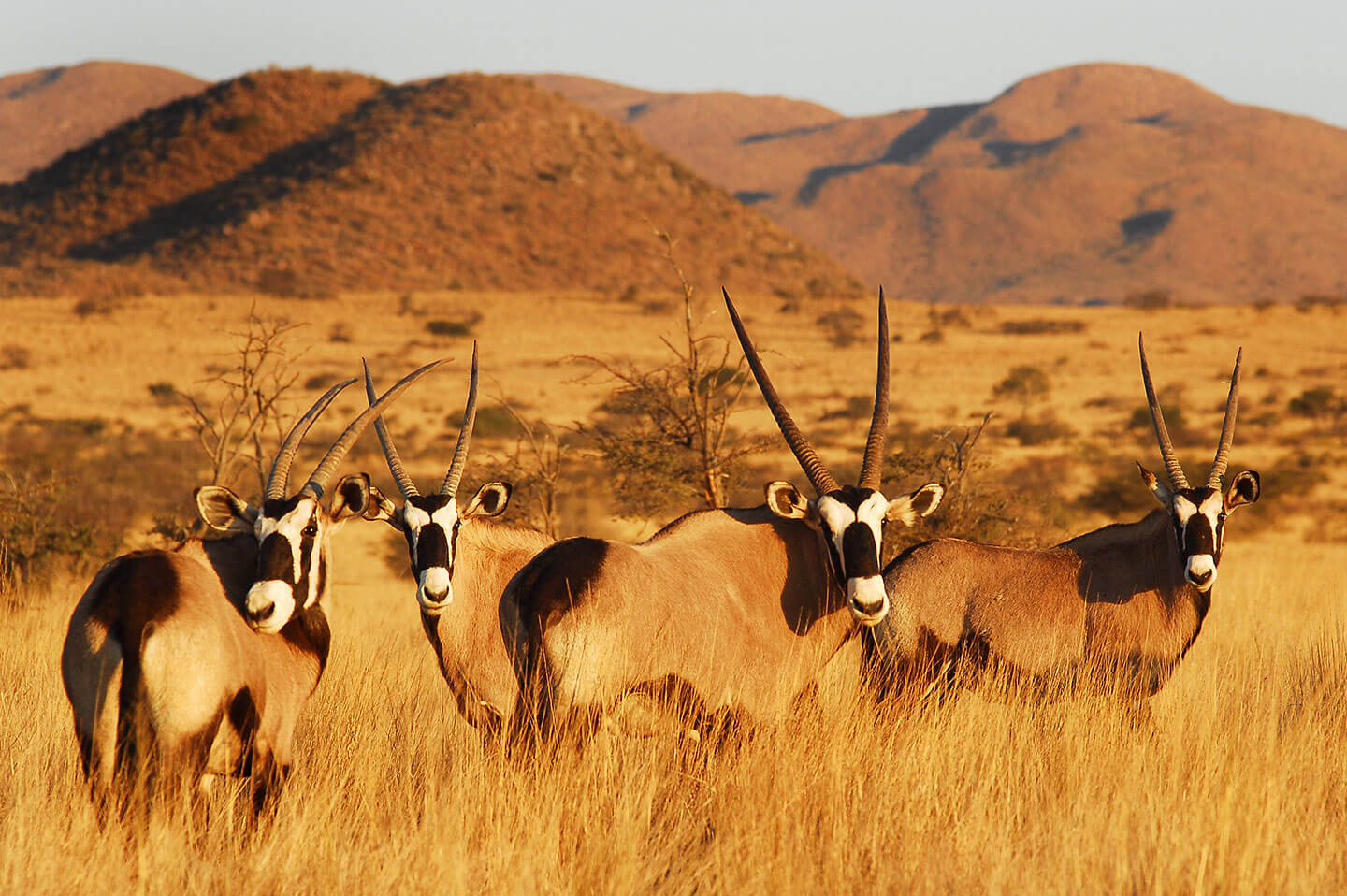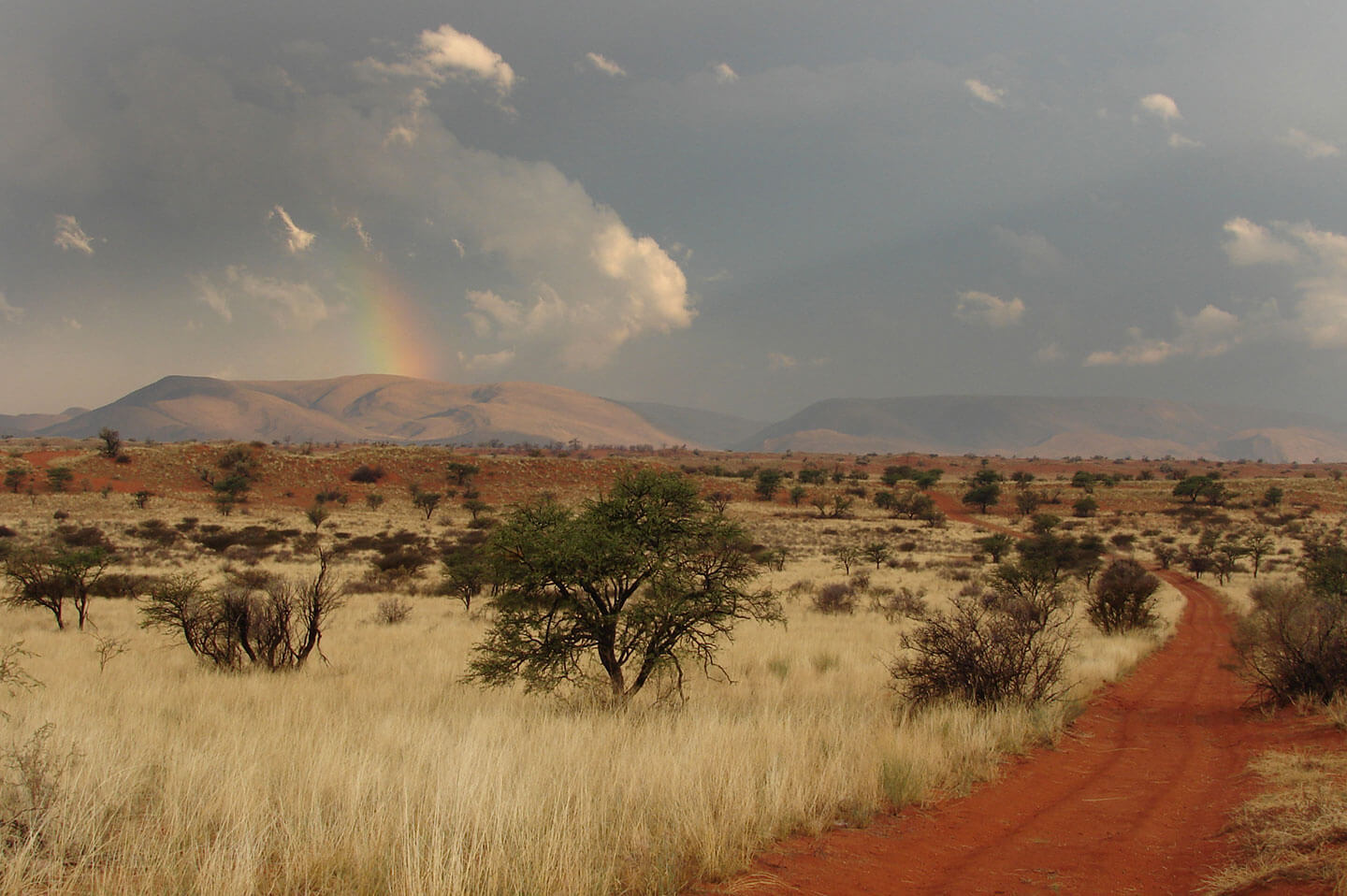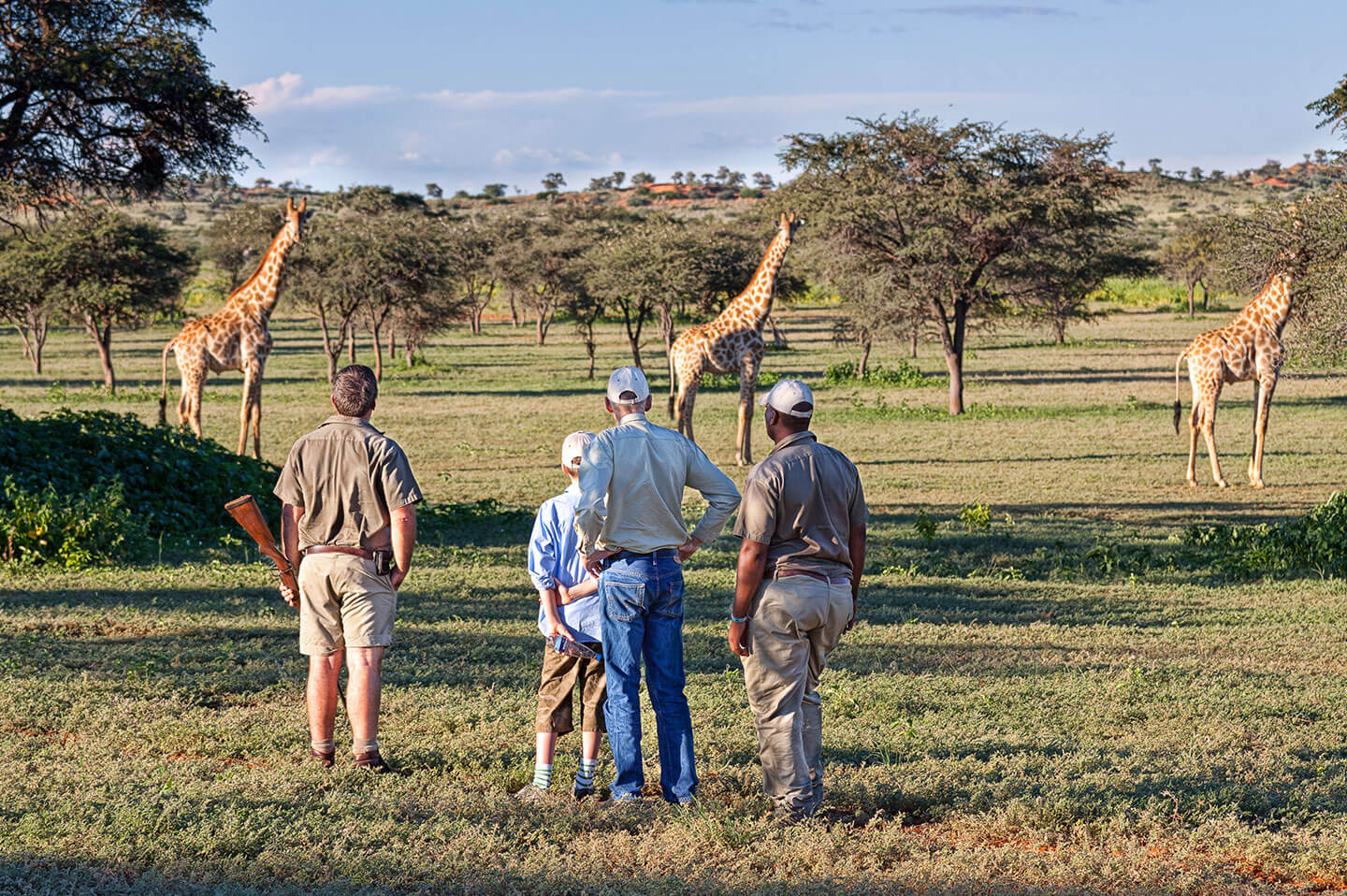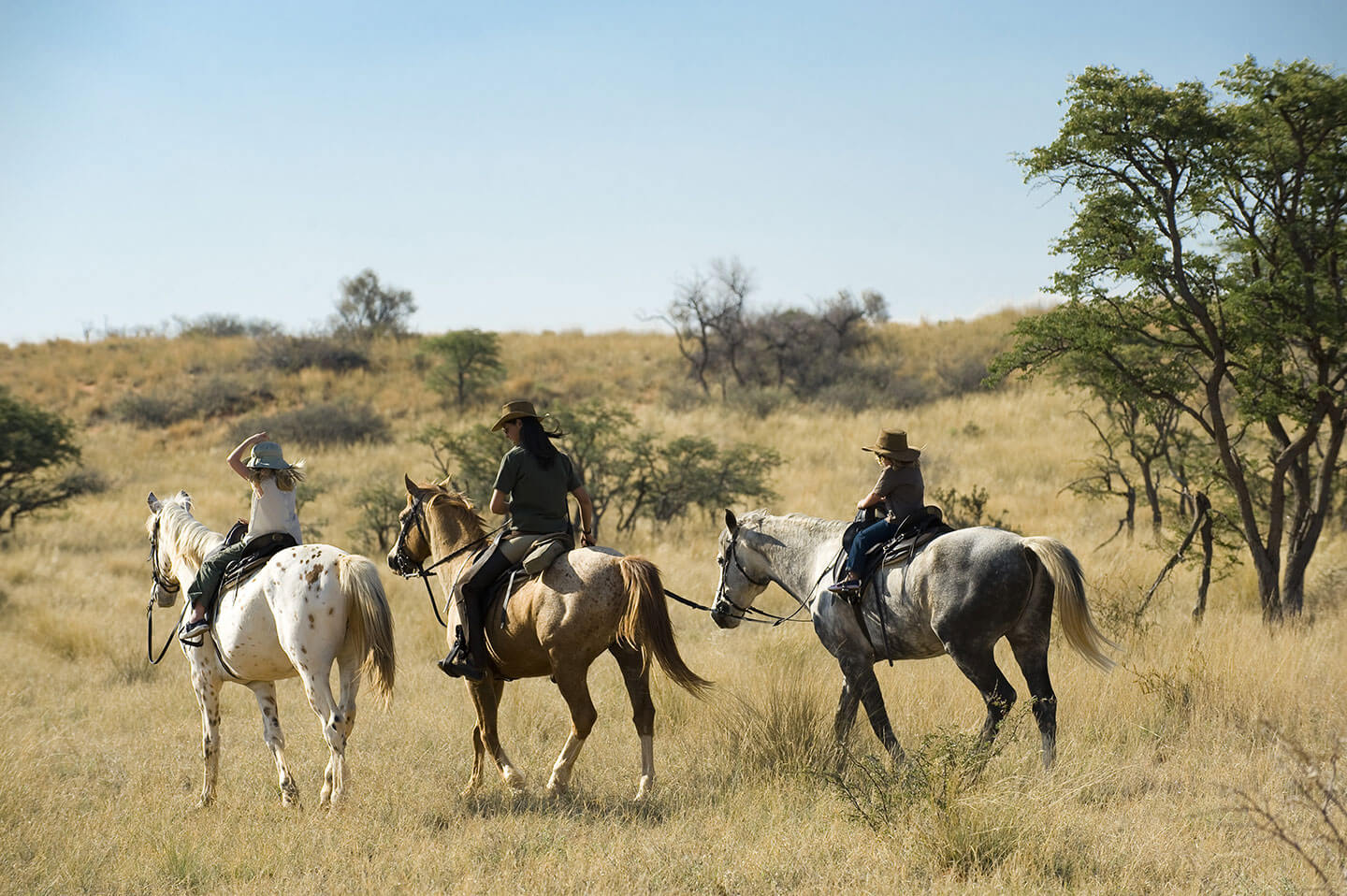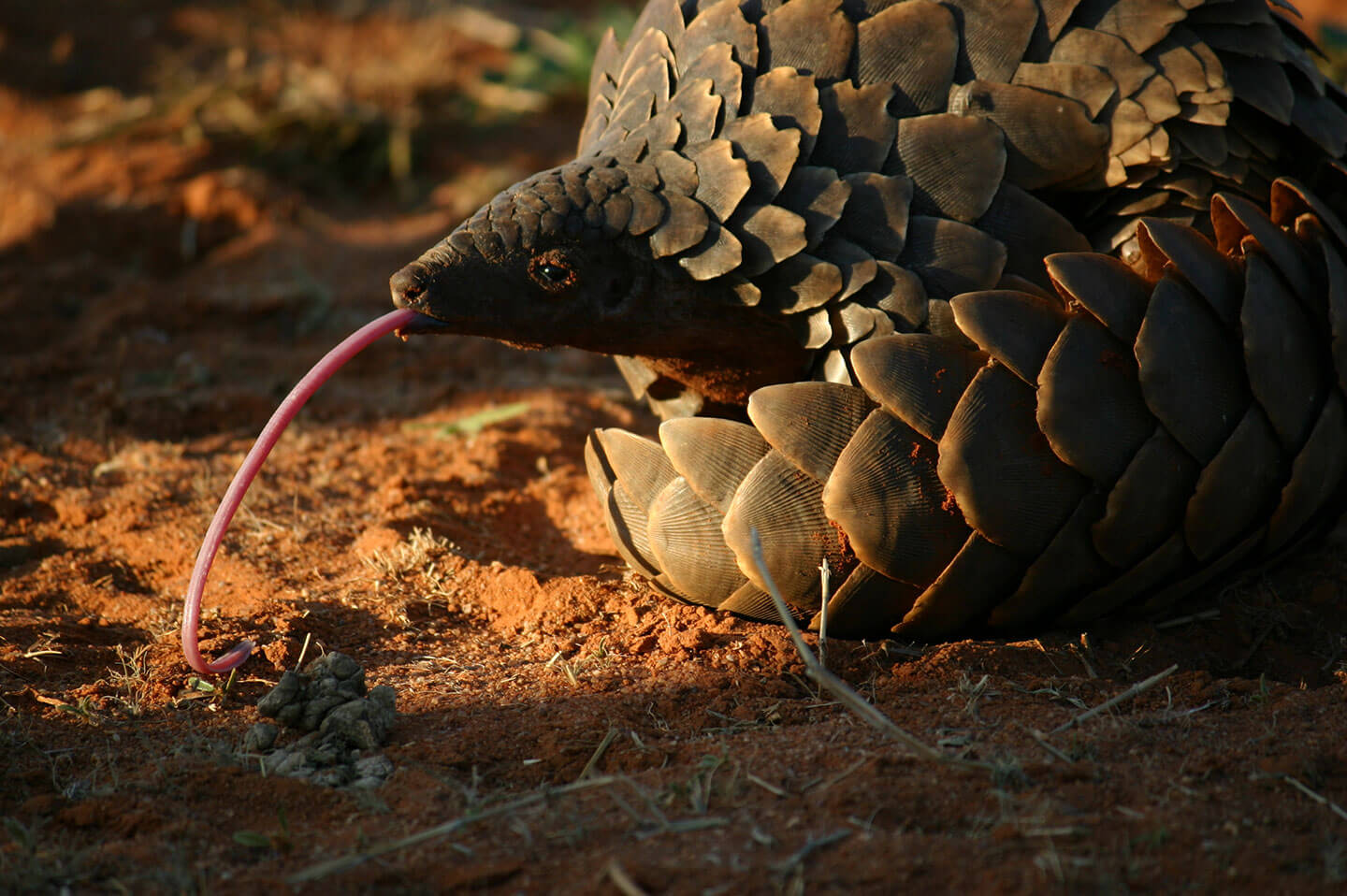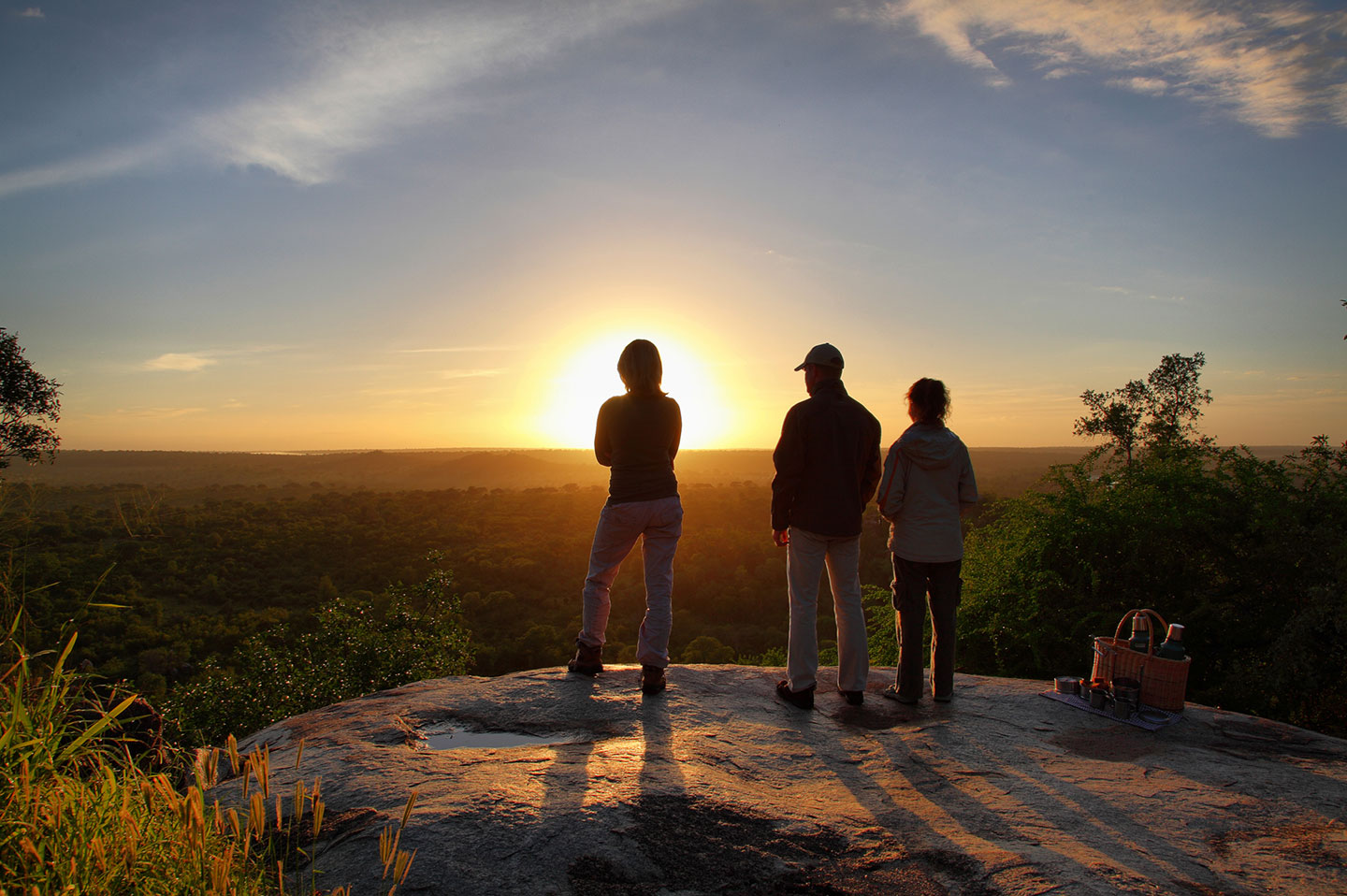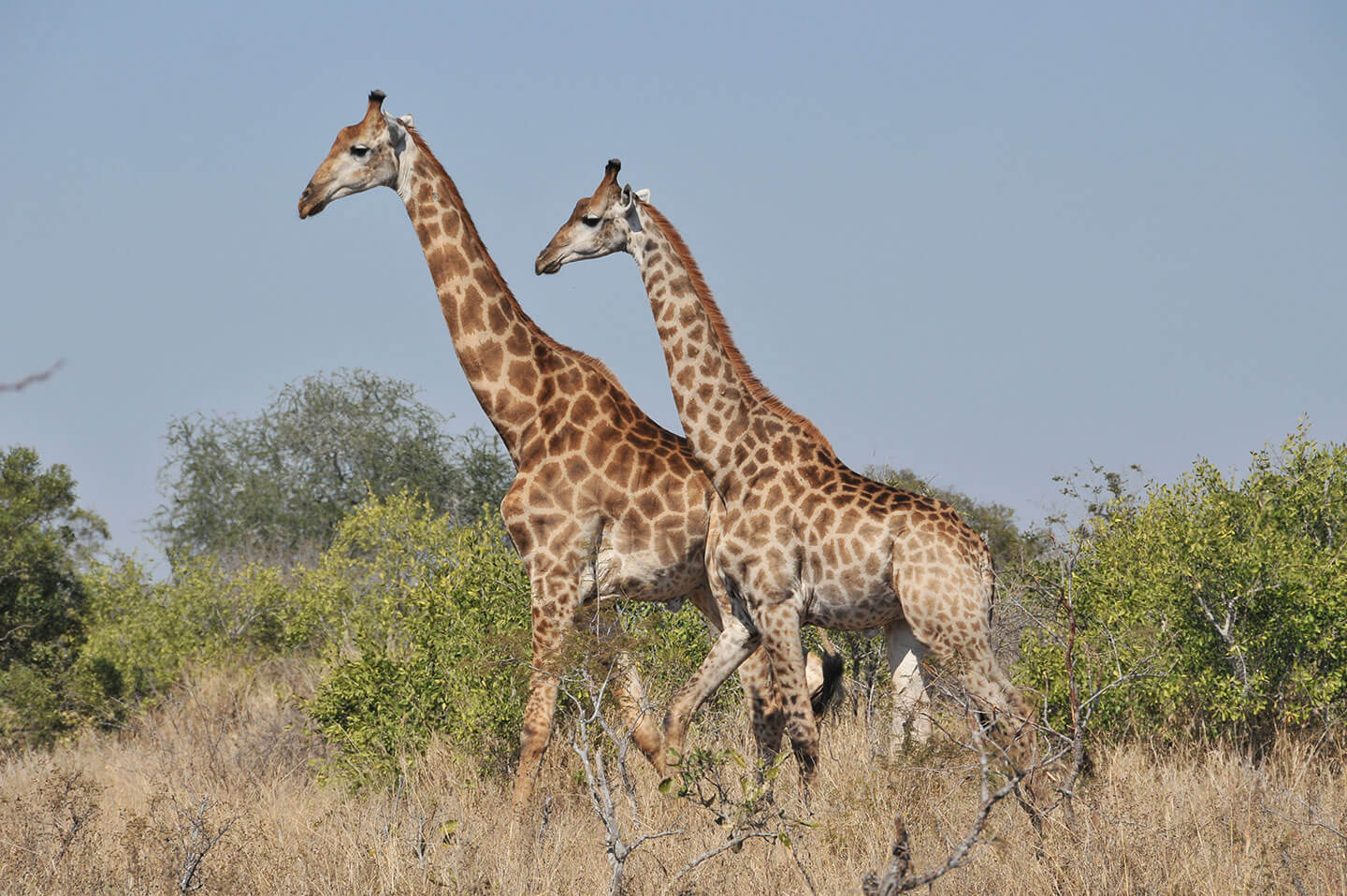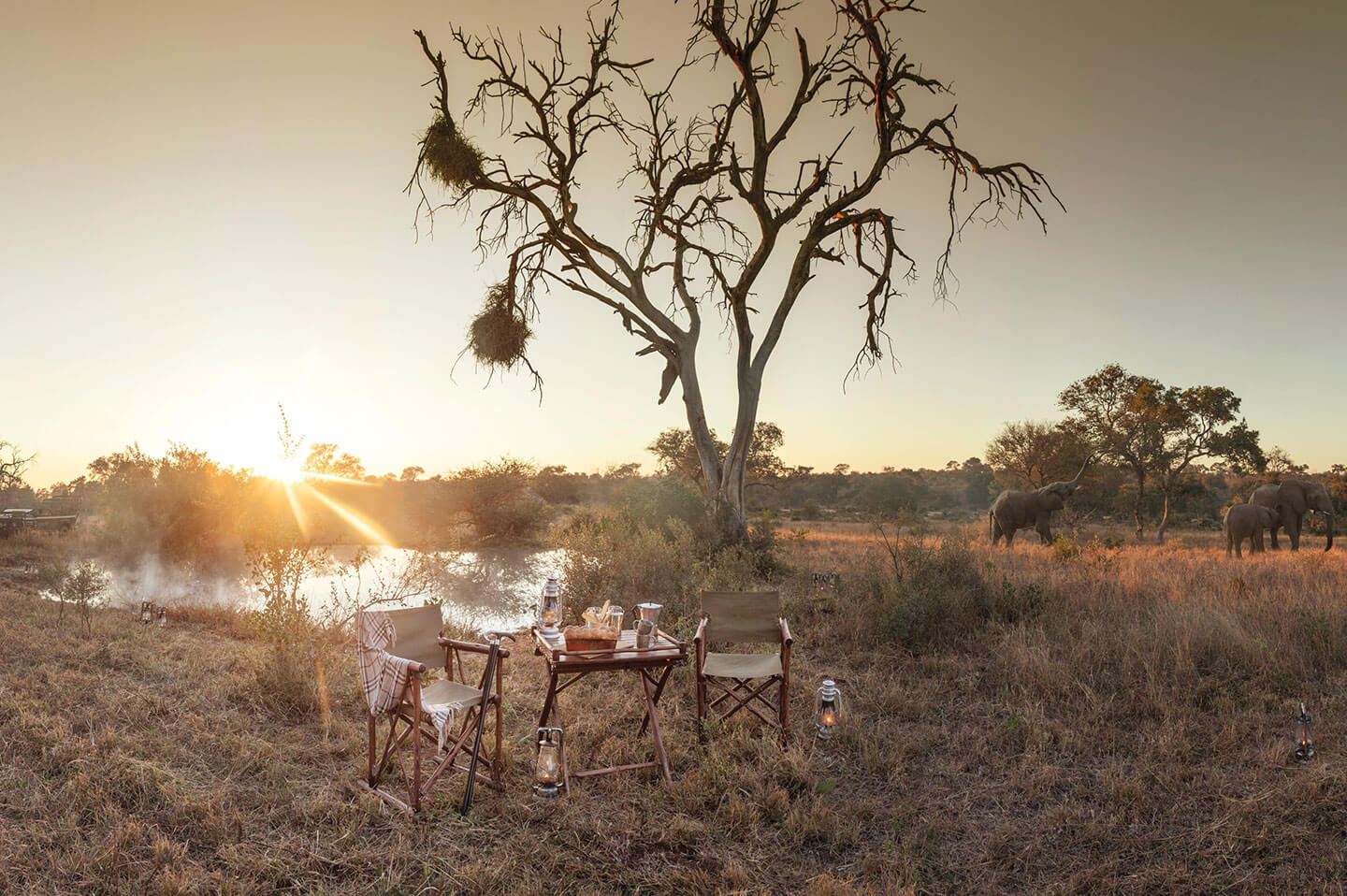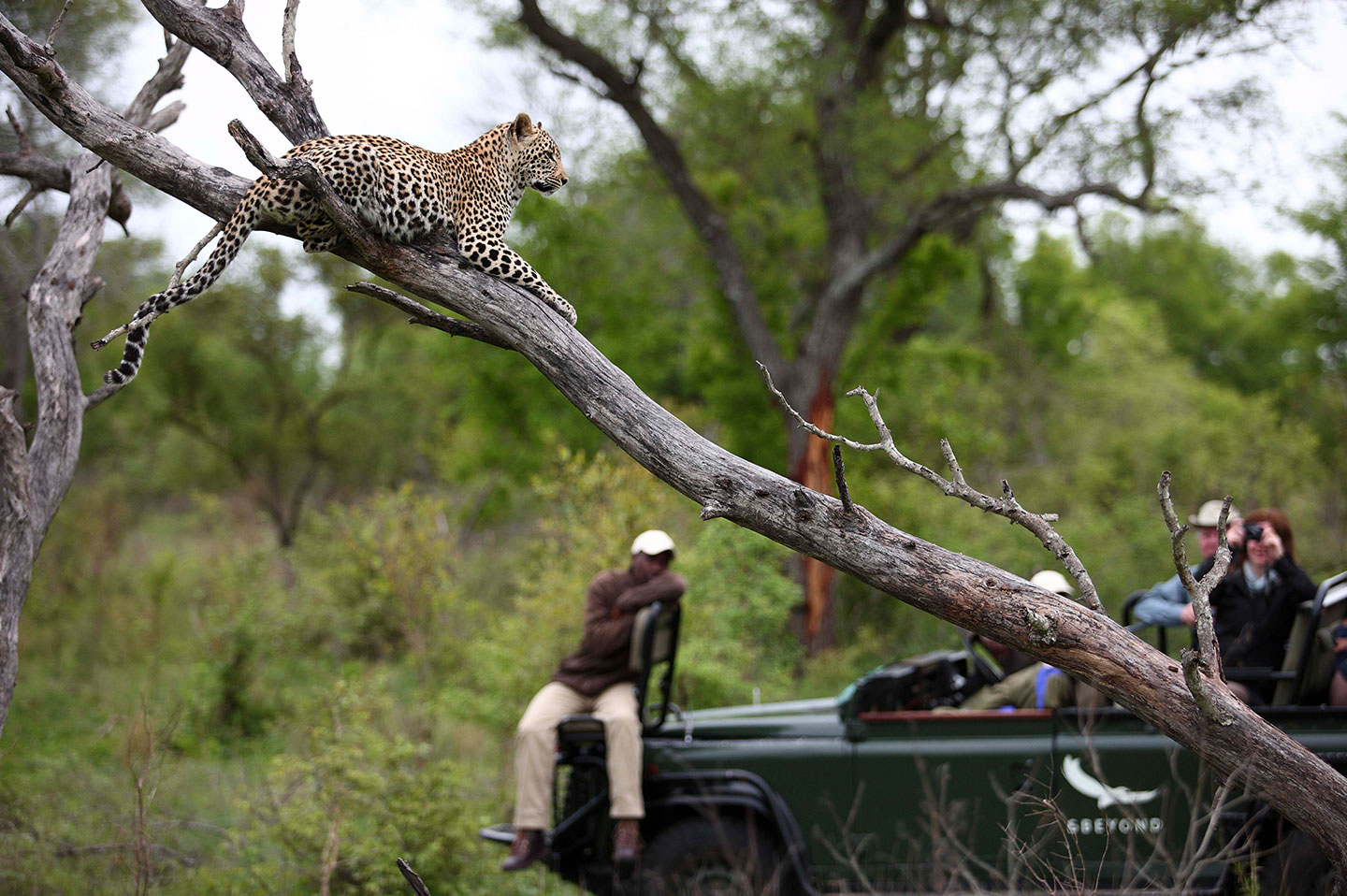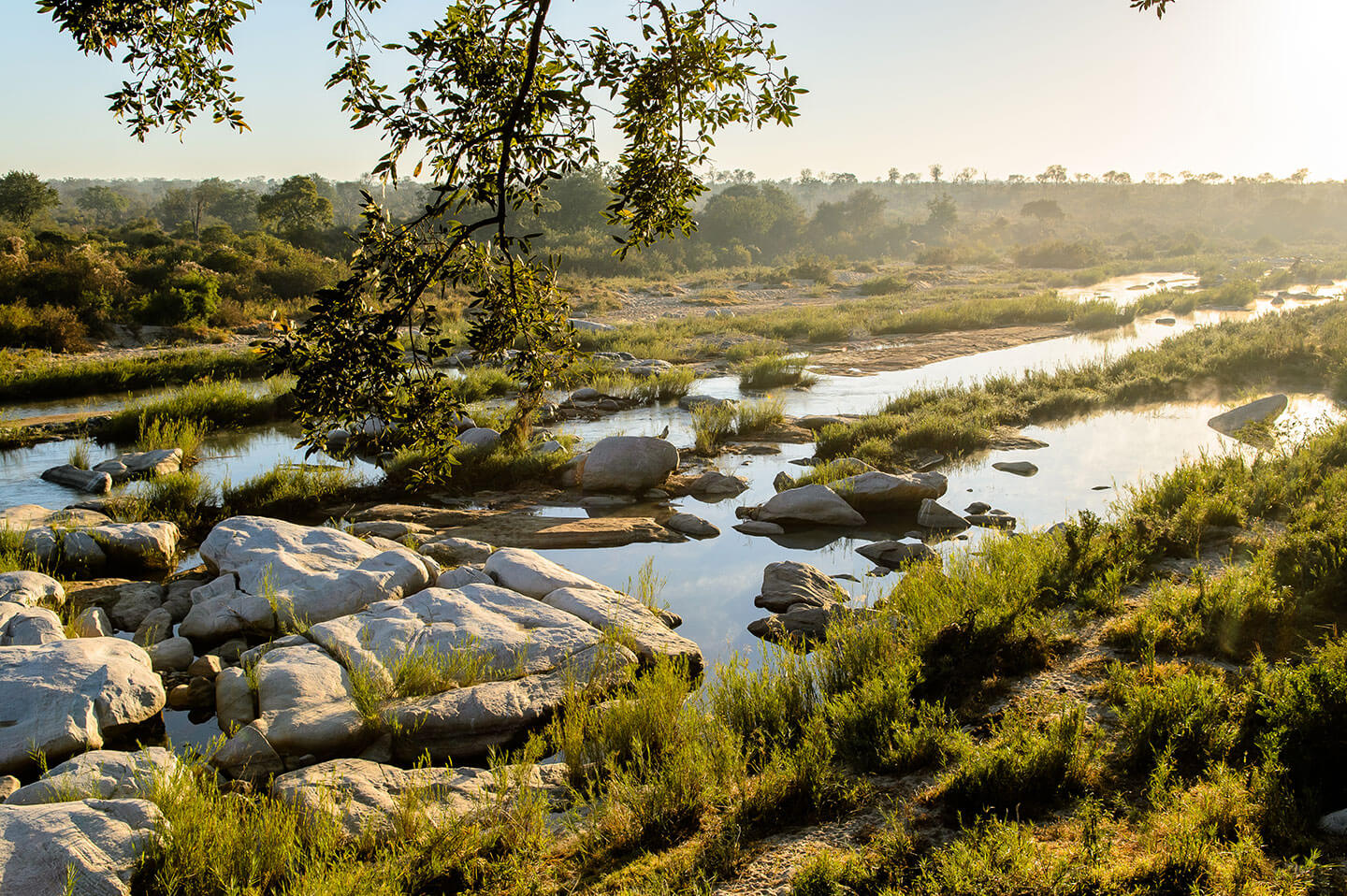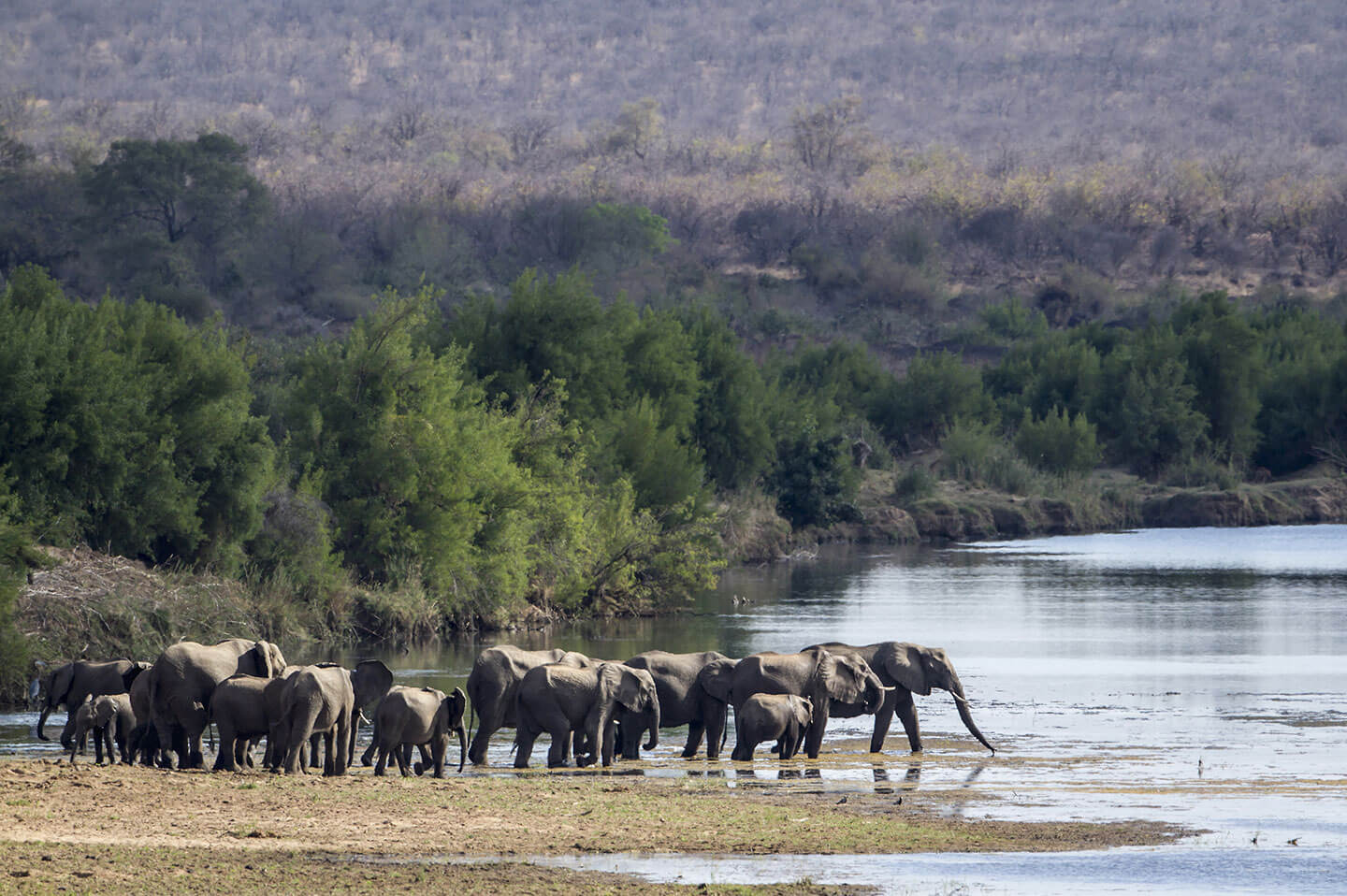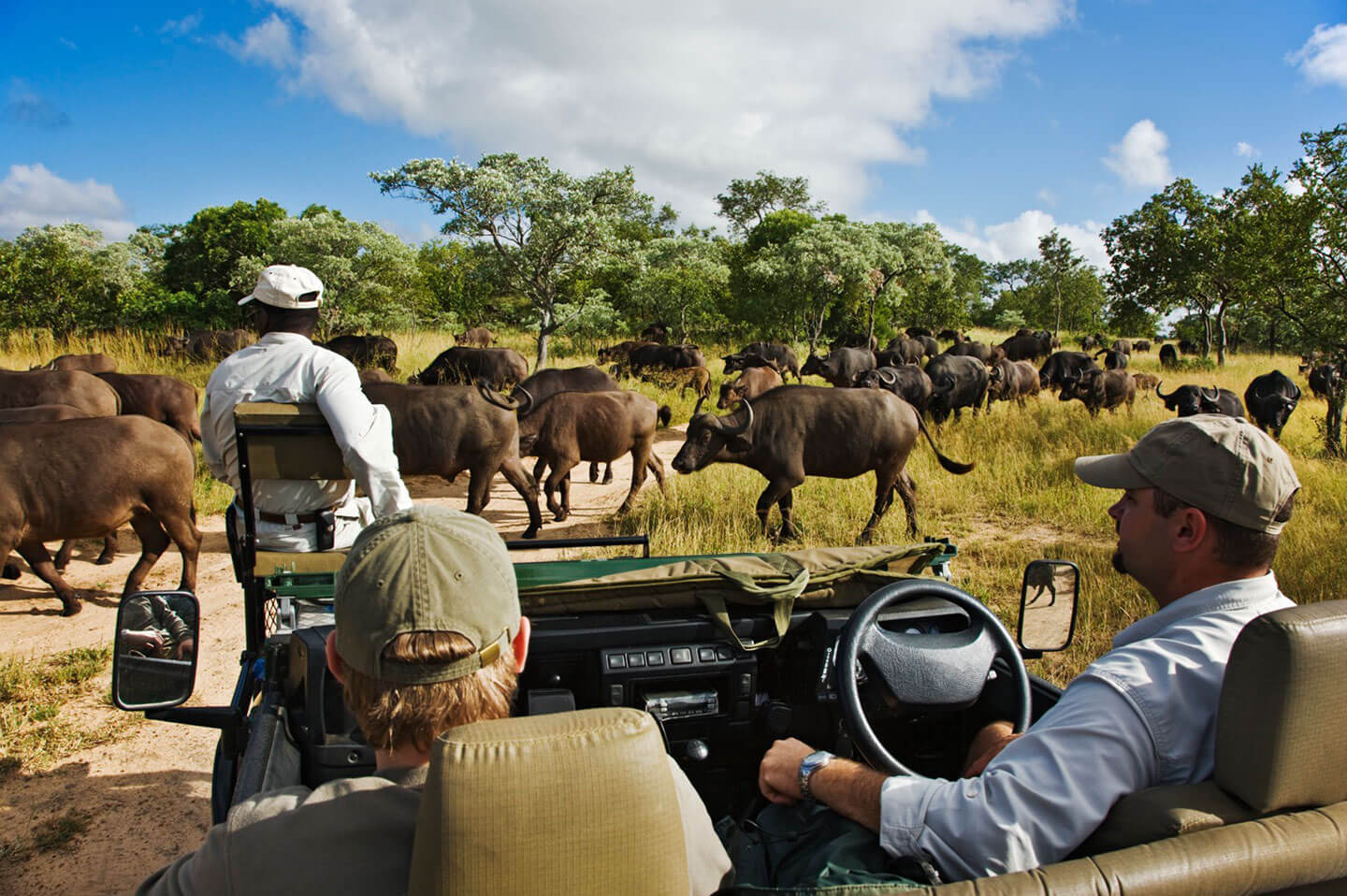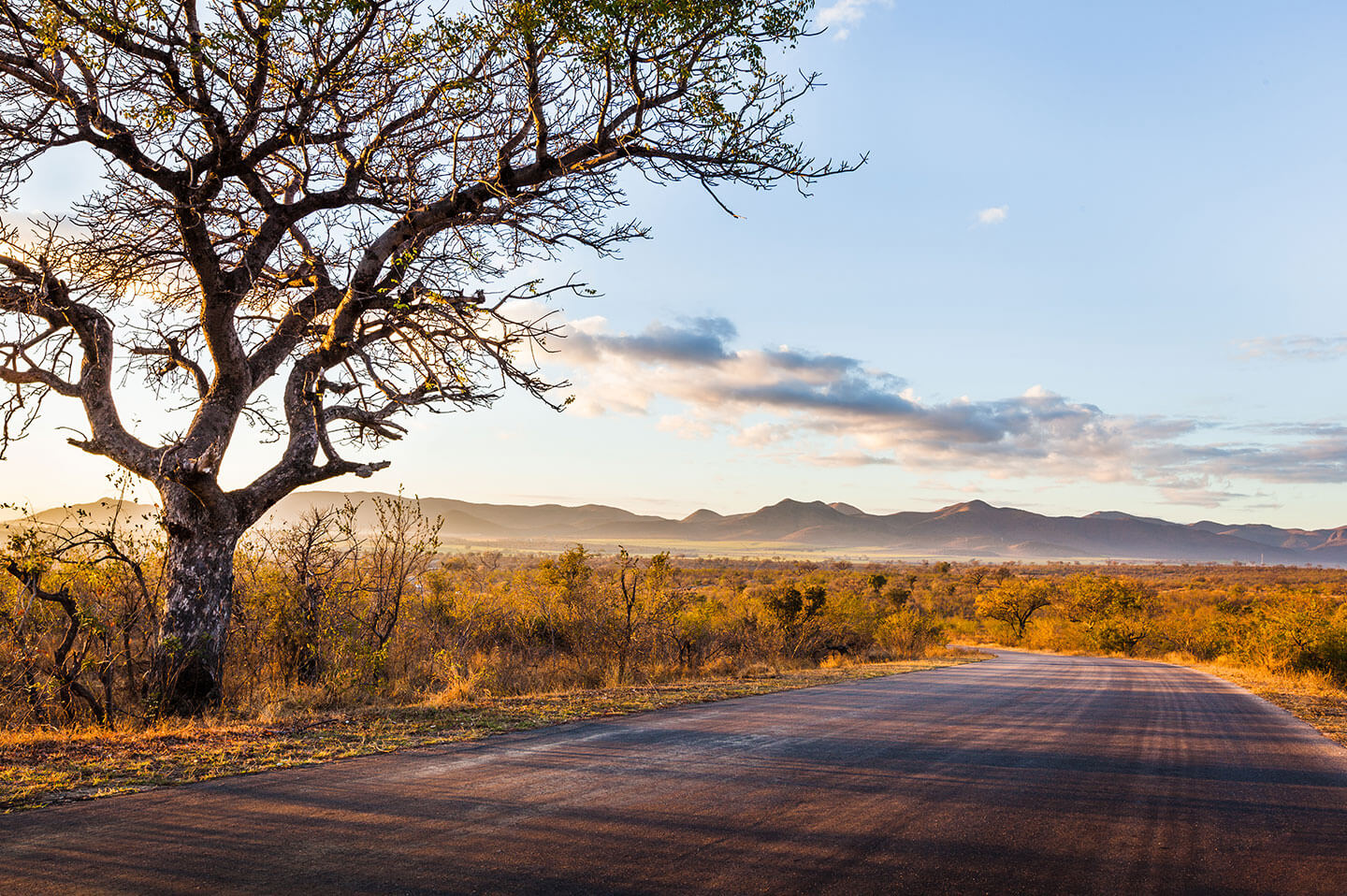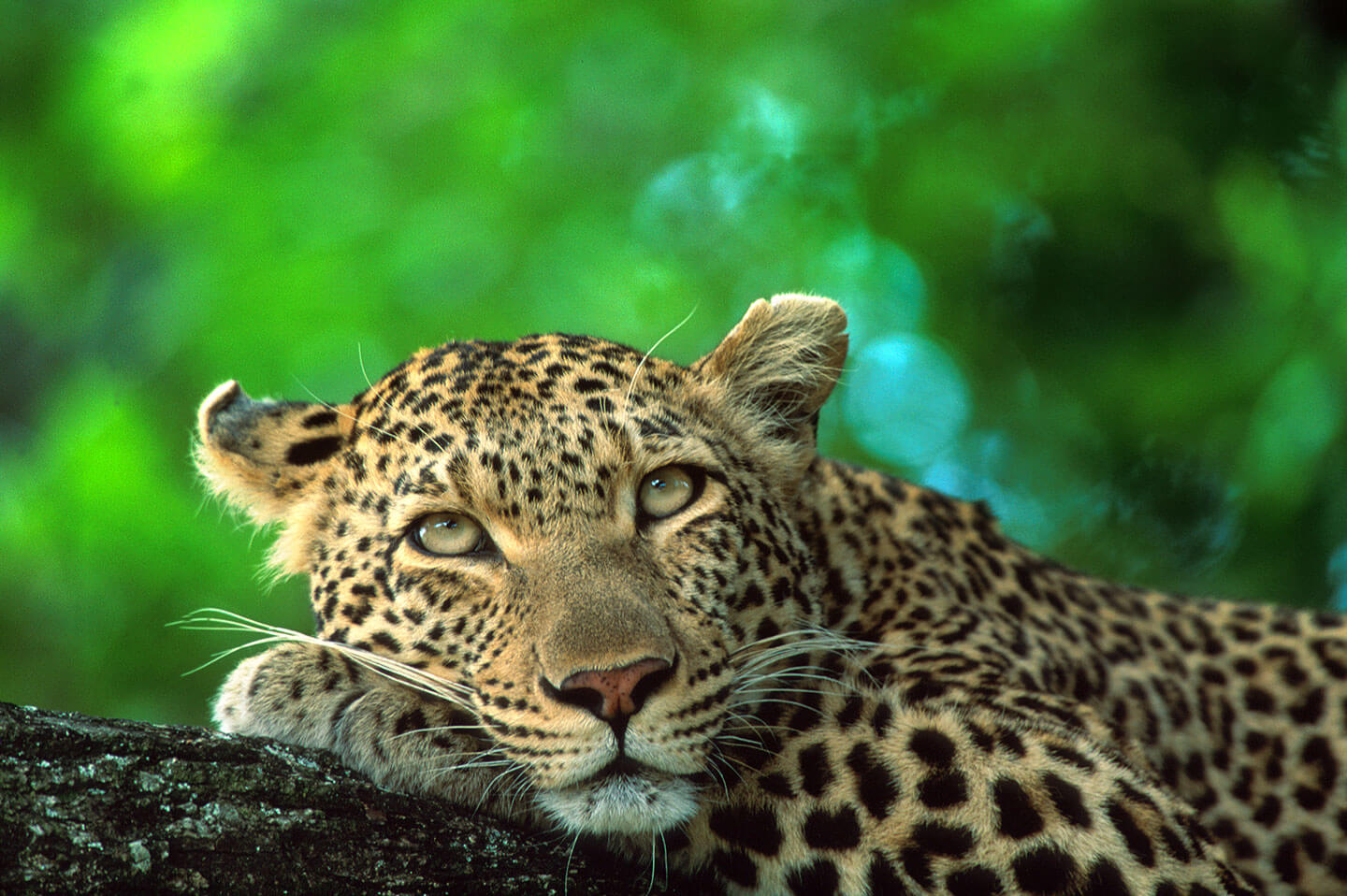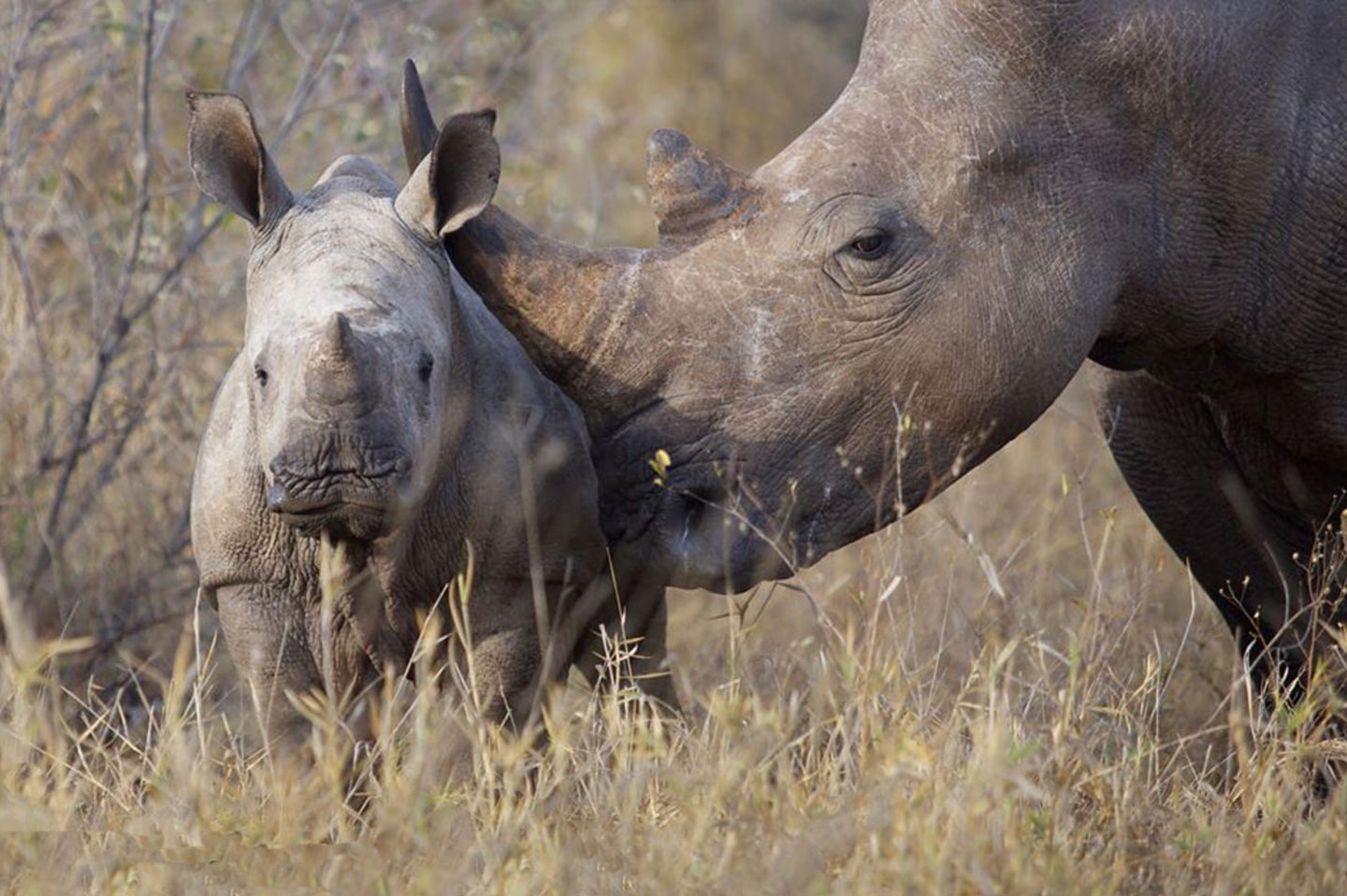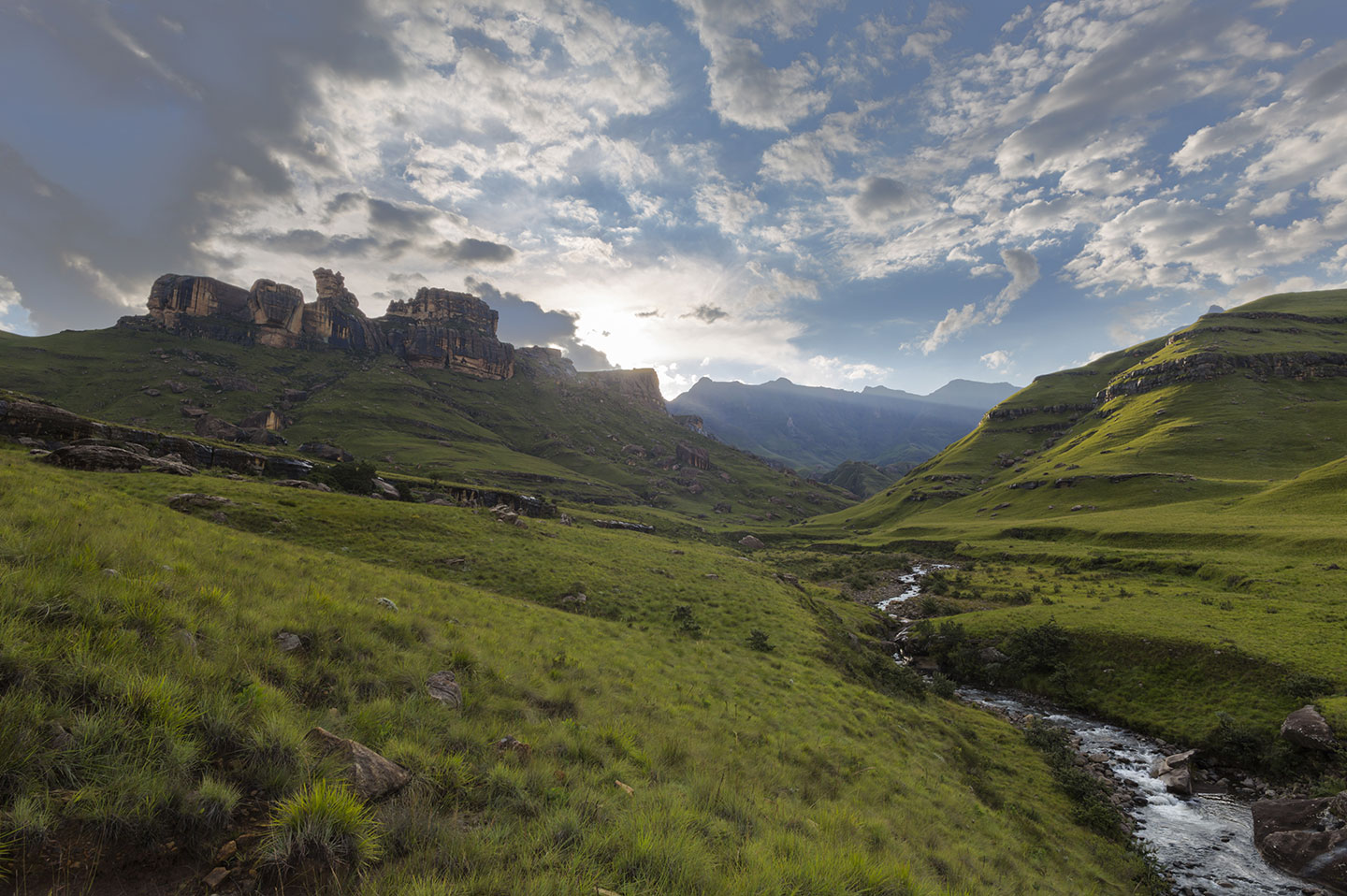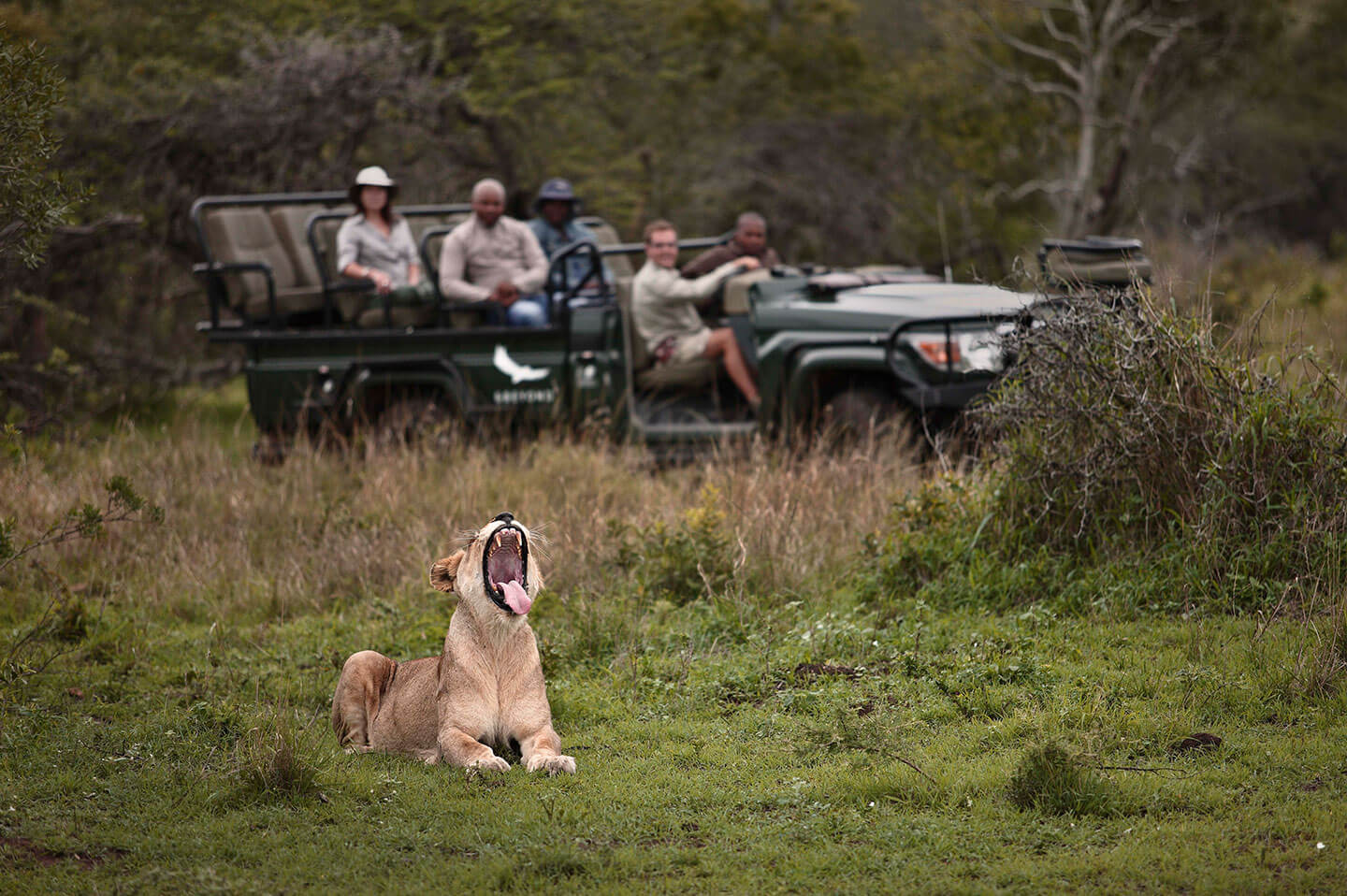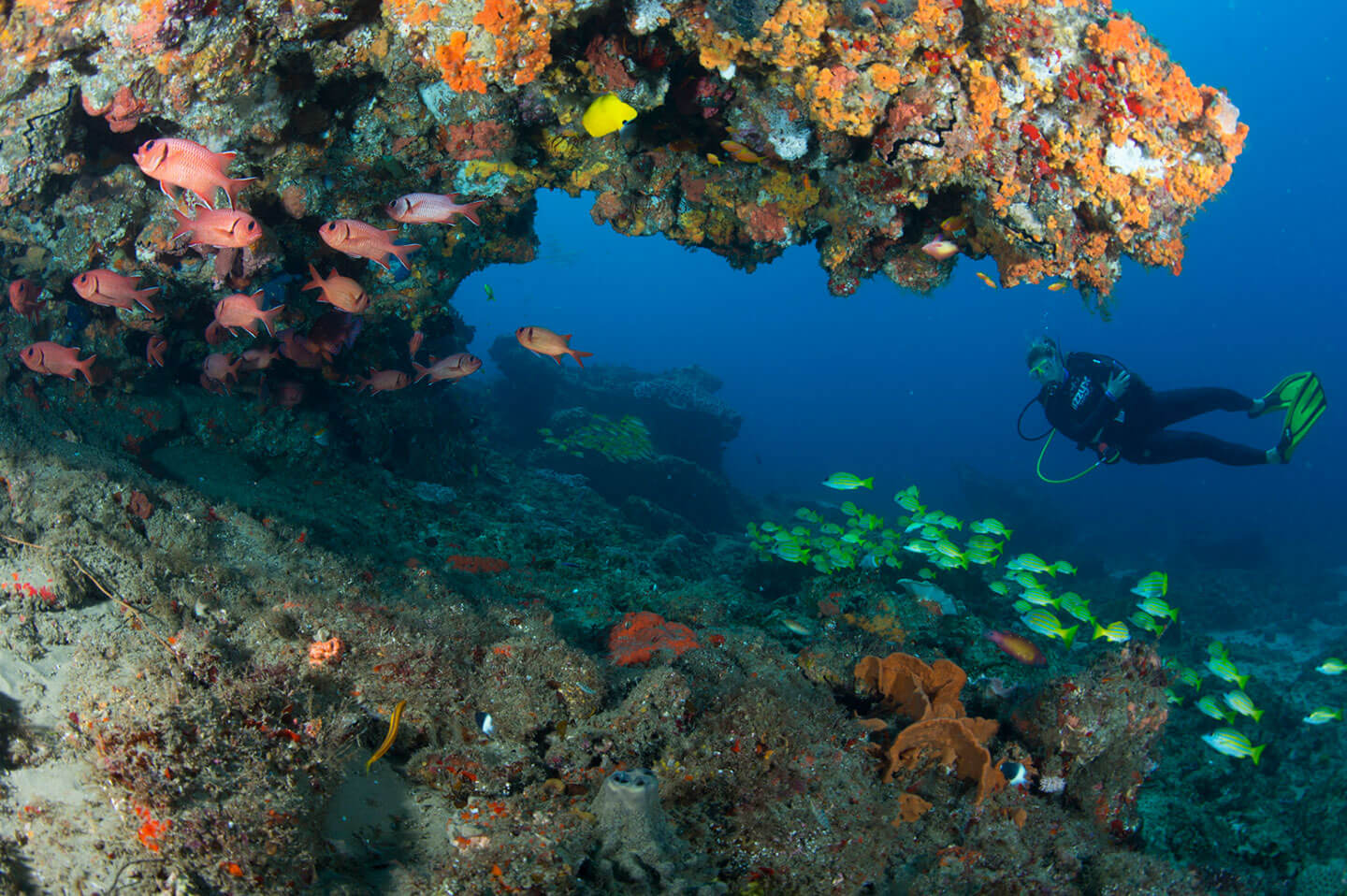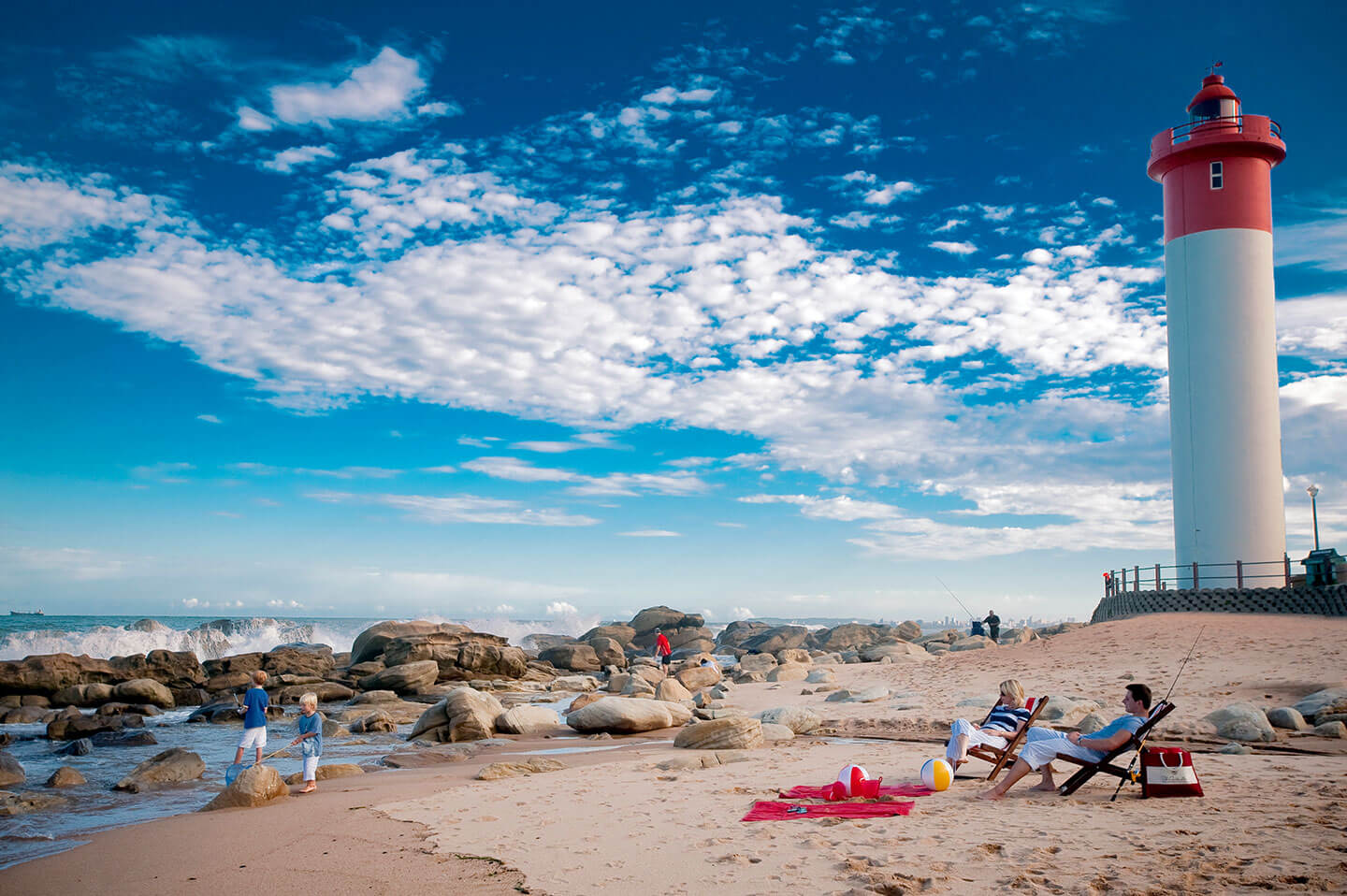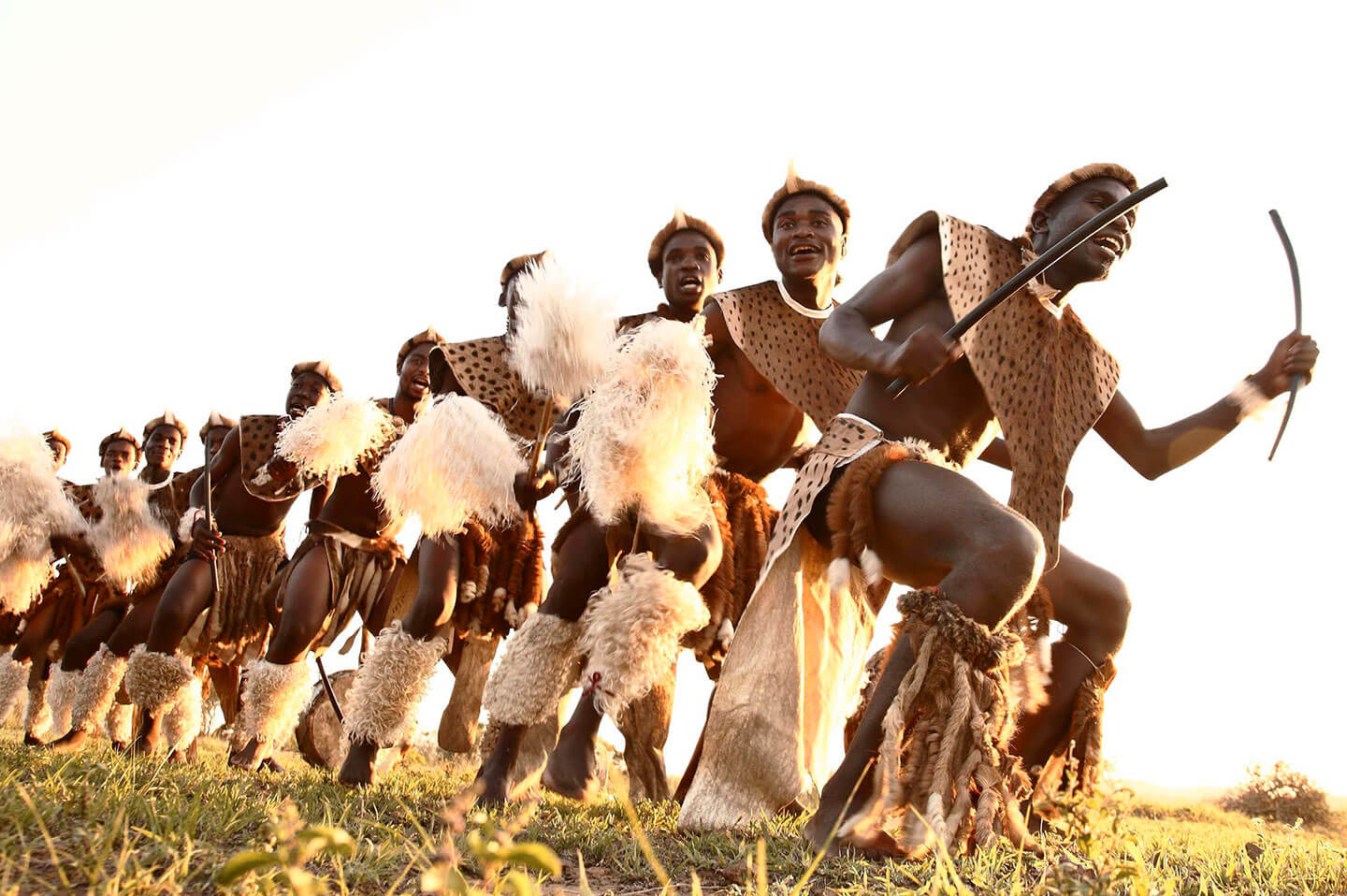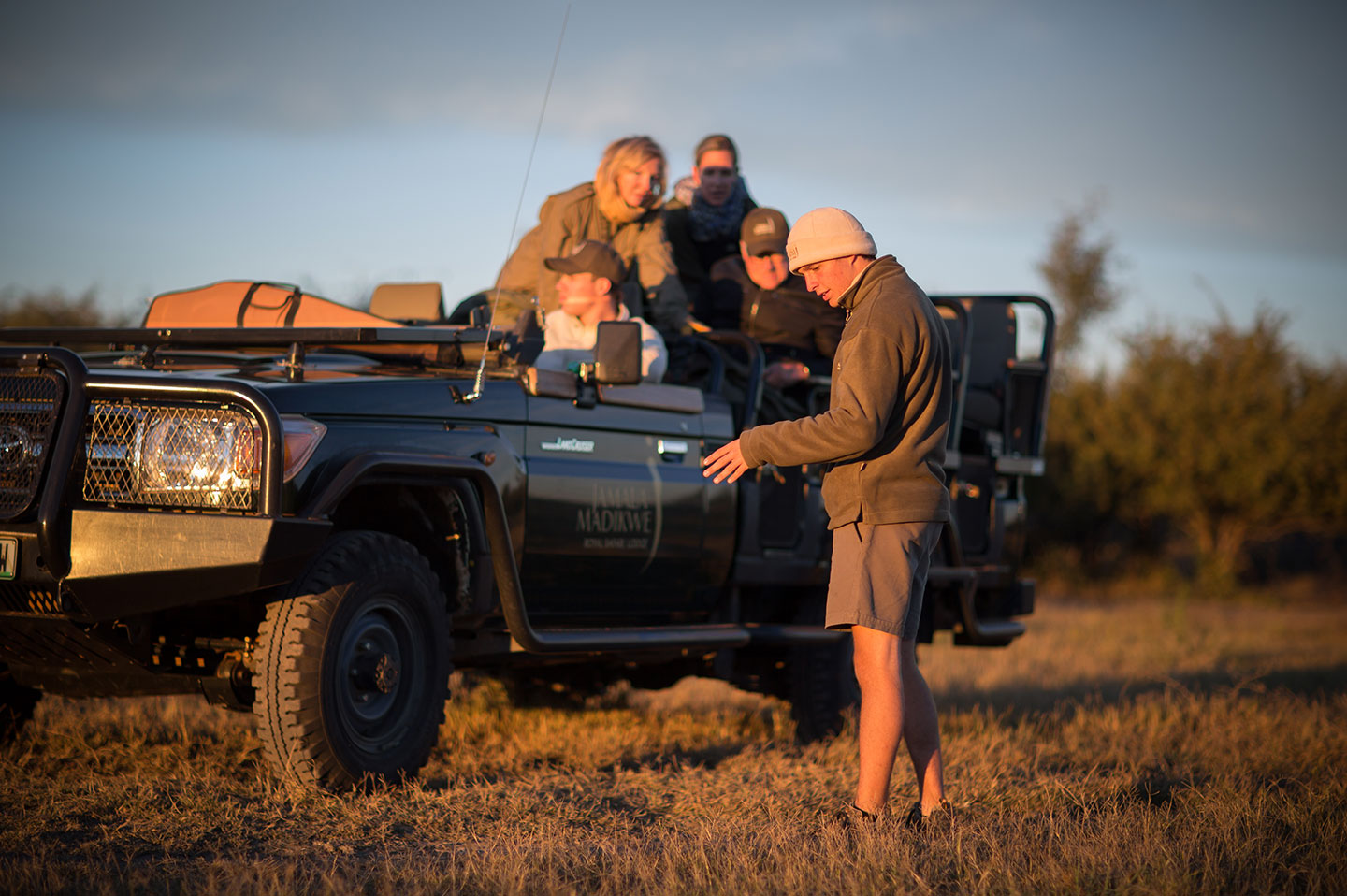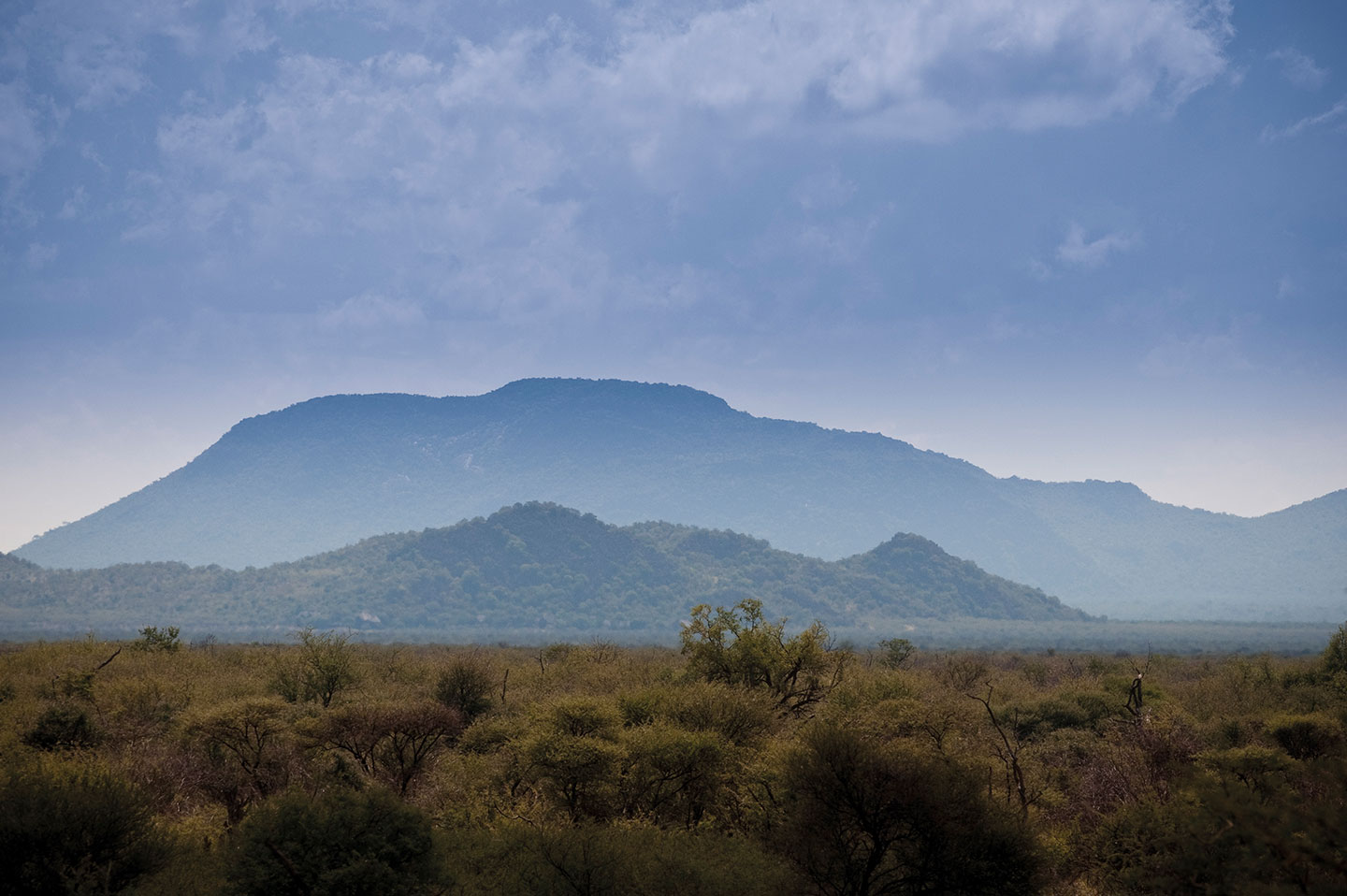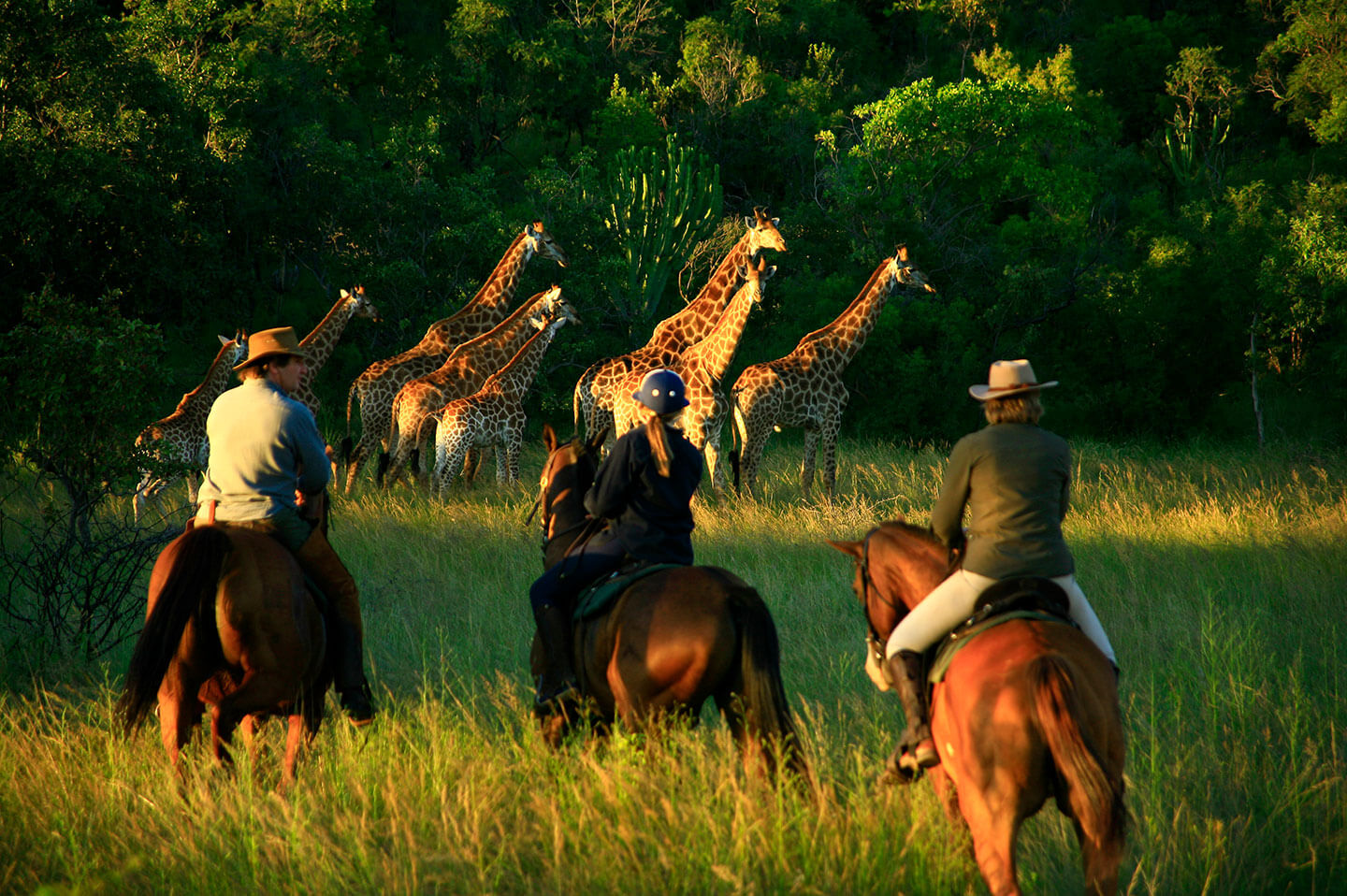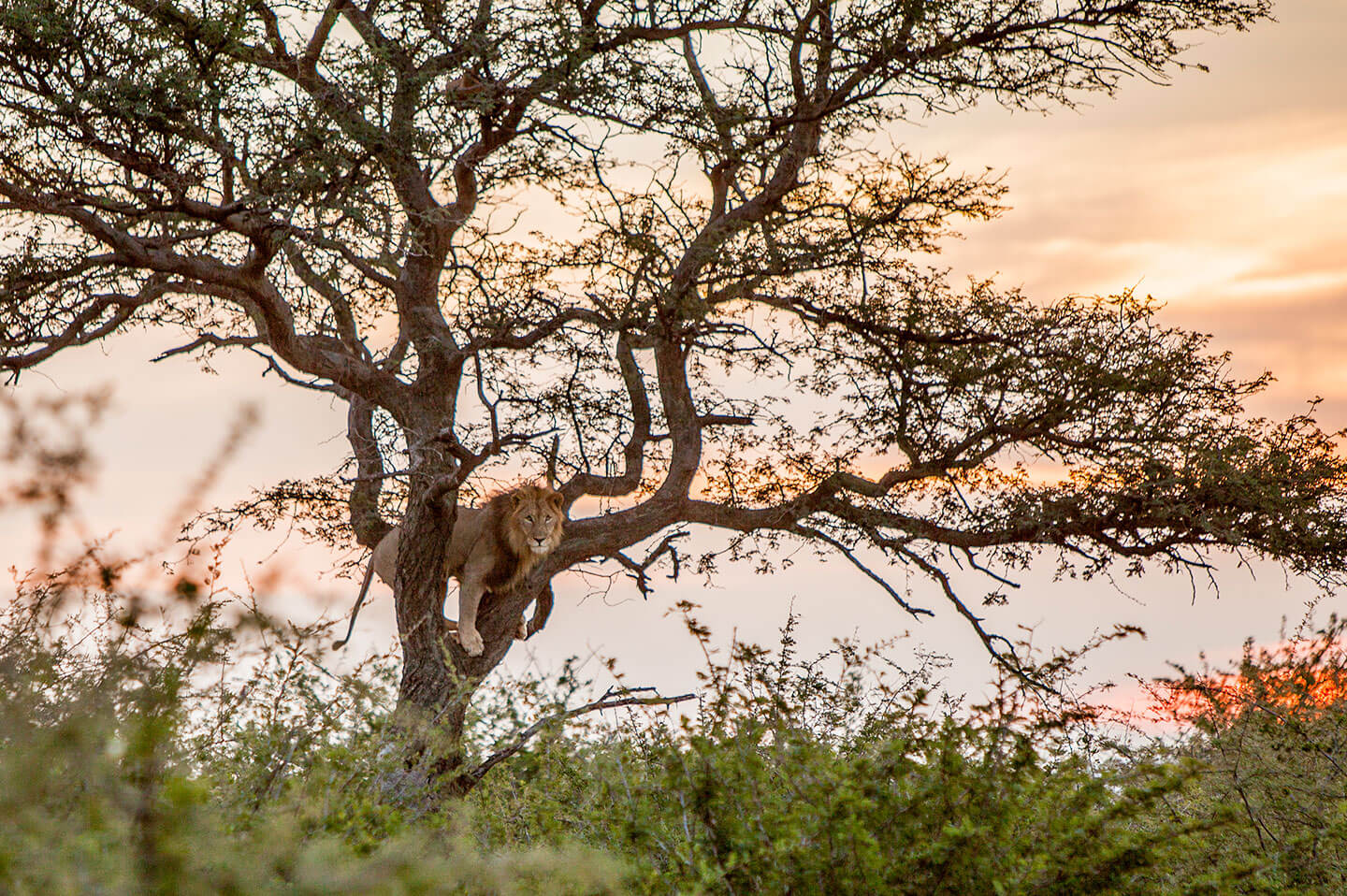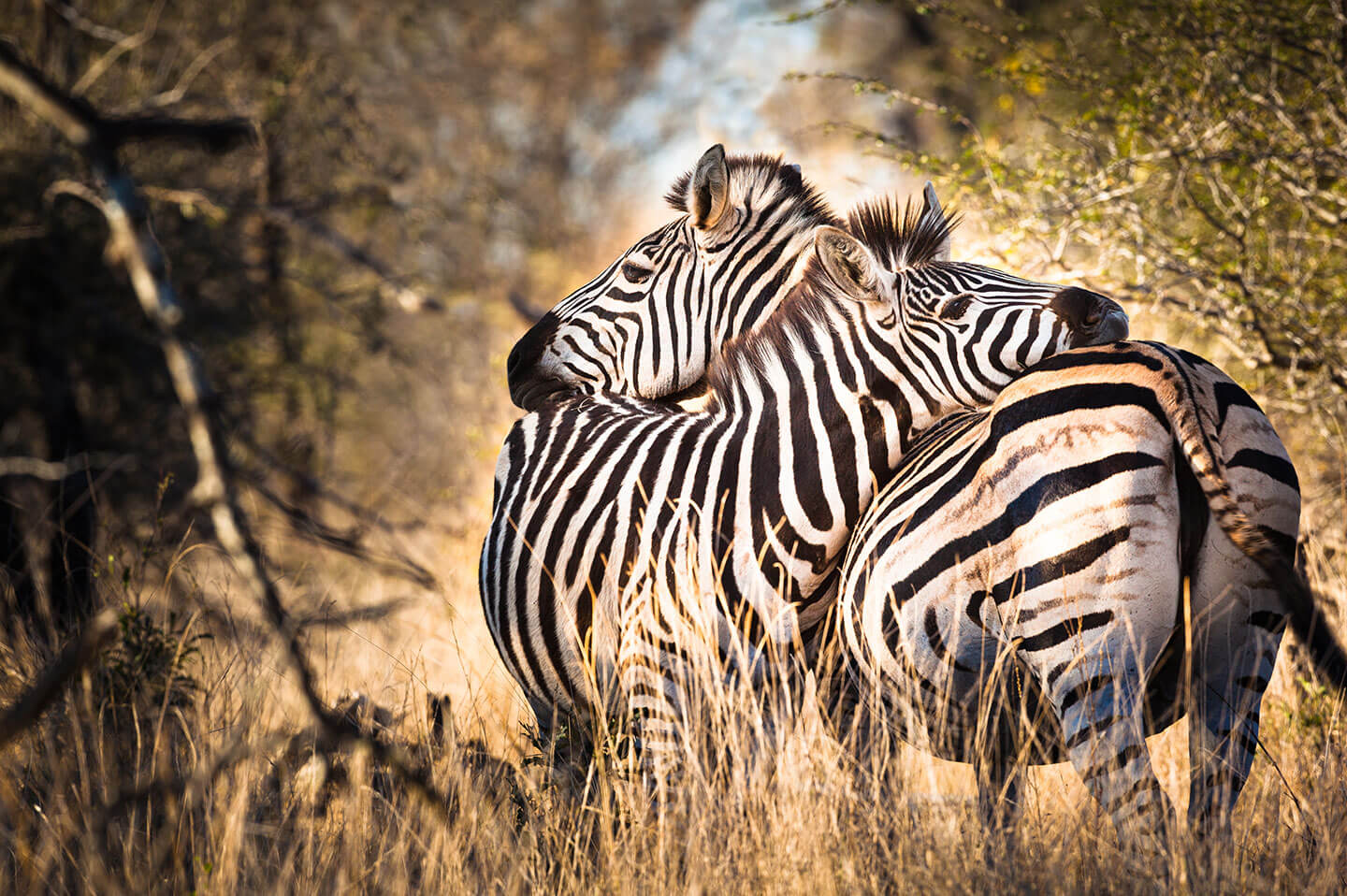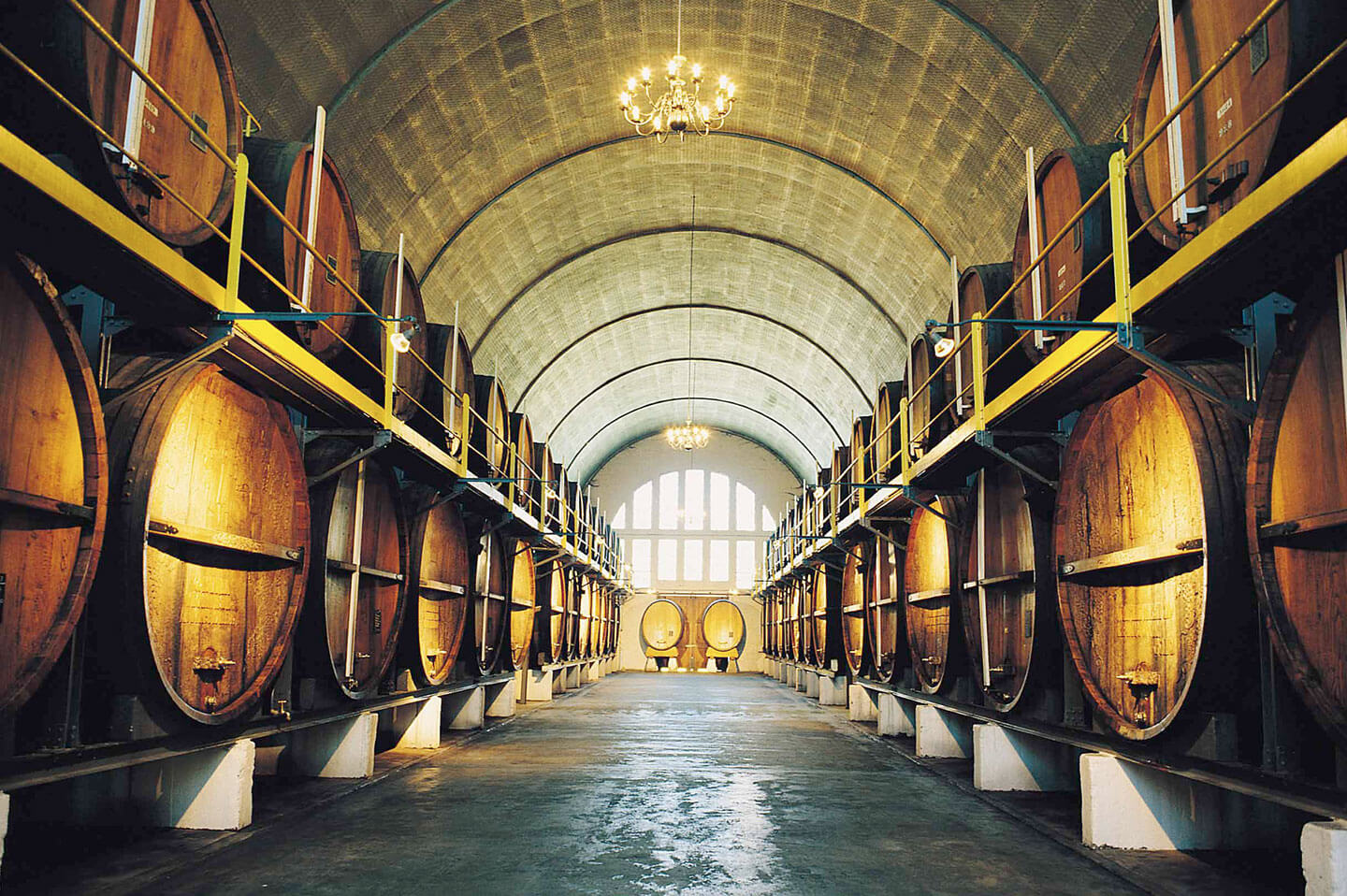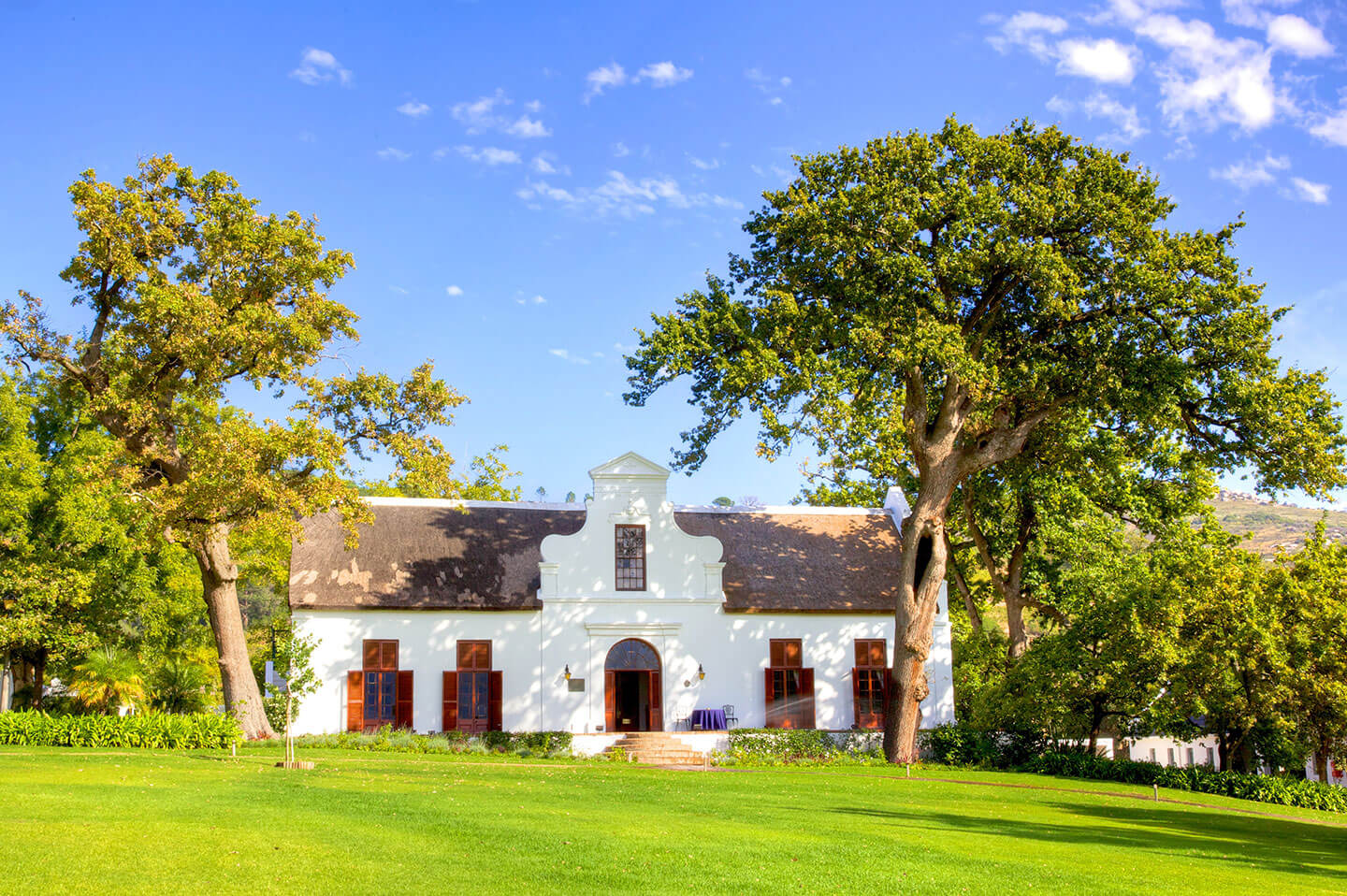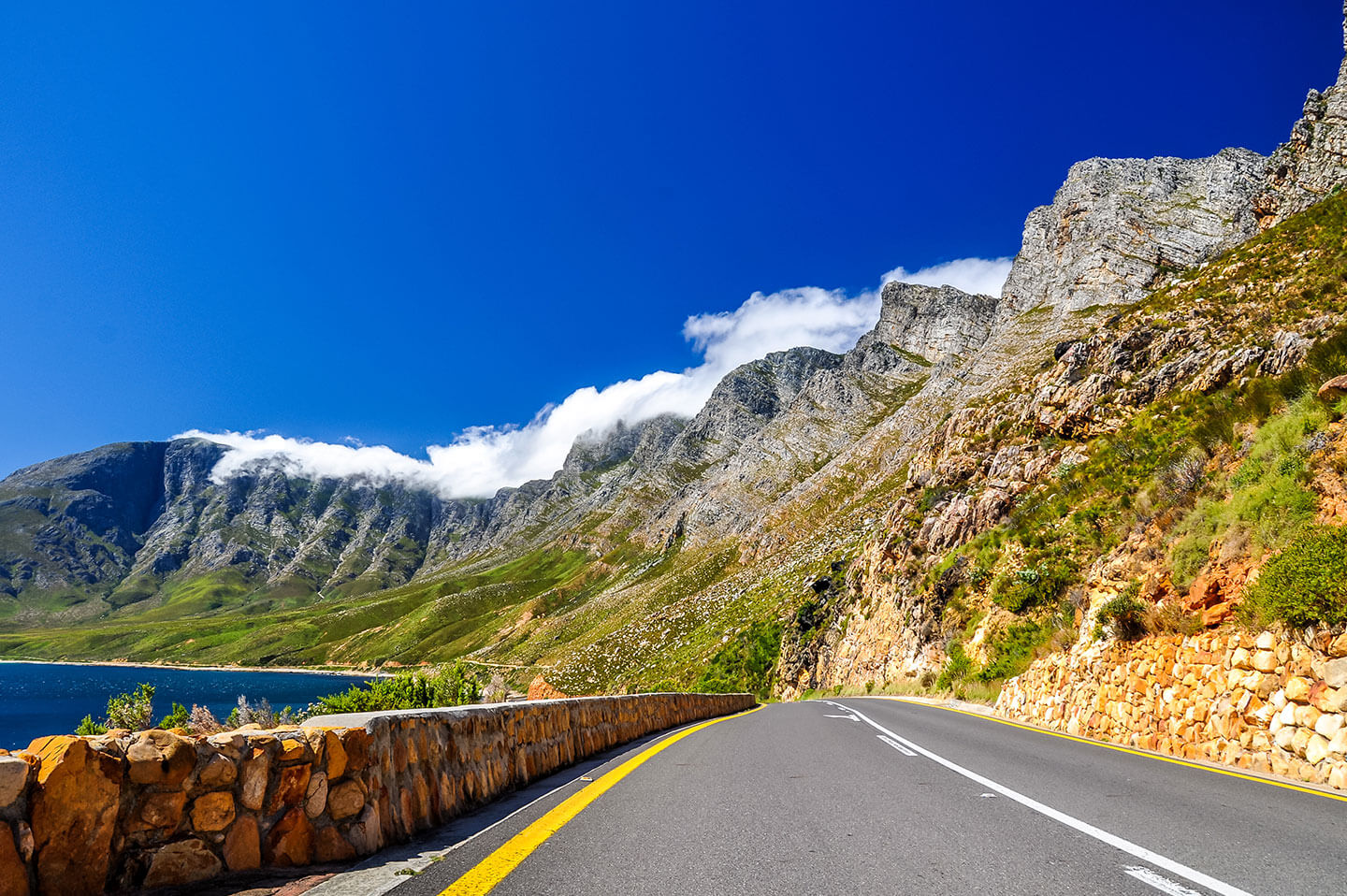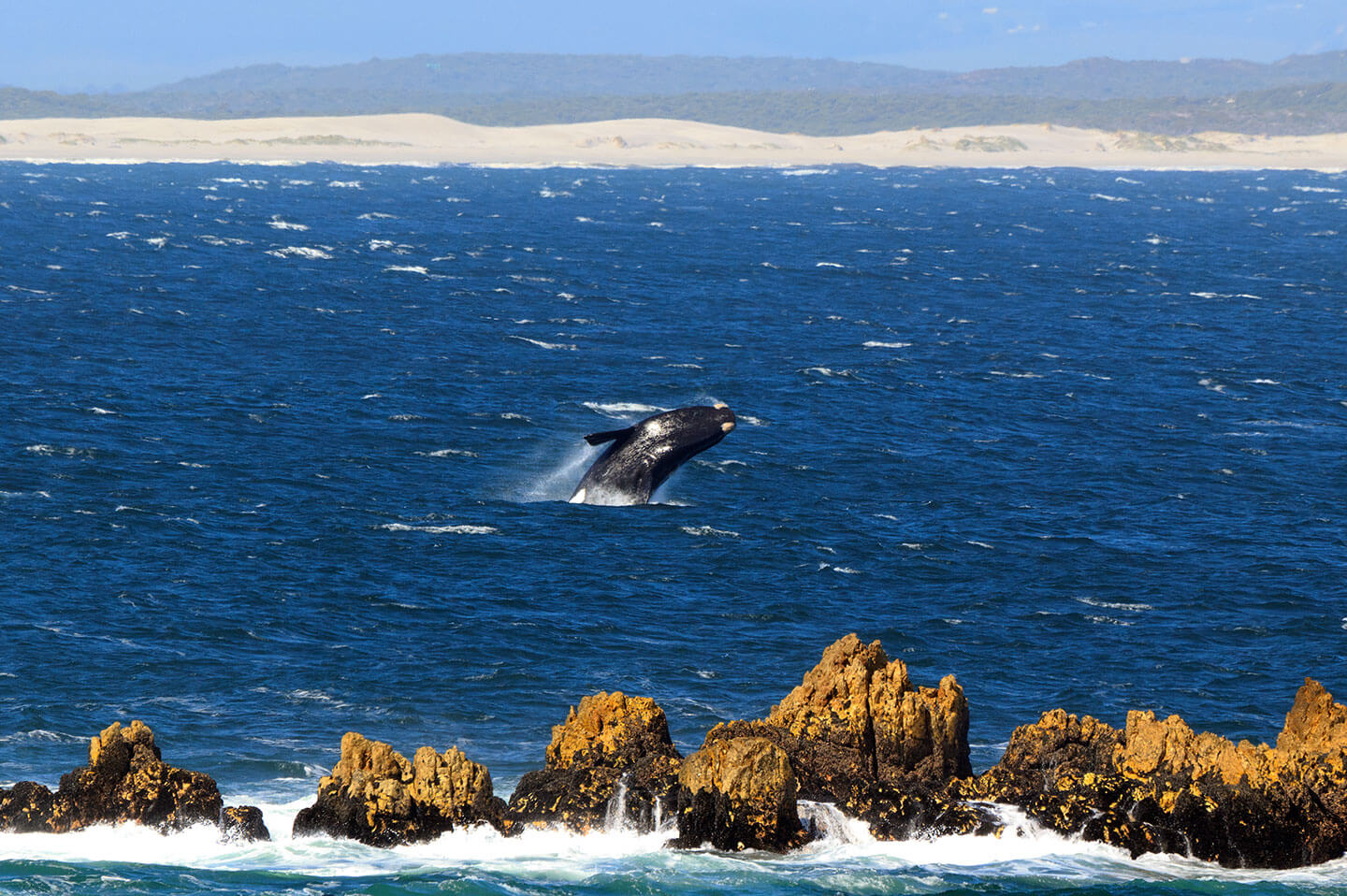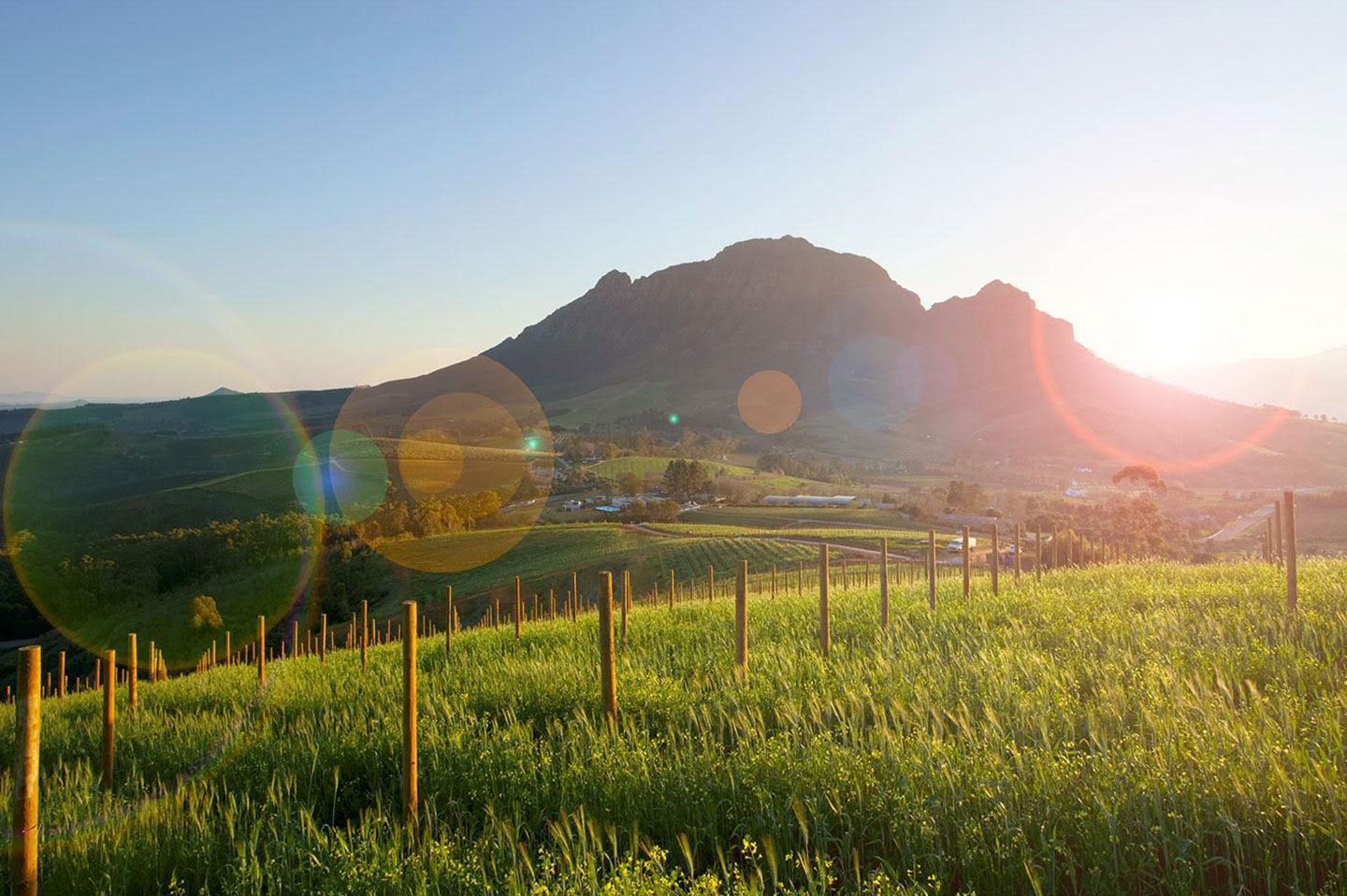At the southernmost tip of Africa, surrounded by the Indian and Atlantic Oceans, South Africa shares its land borders with Mozambique, Zimbabwe, Botswana, Namibia and Swaziland and contains the Kingdom of Lesotho. After a recent history of ethnic segregation and exploitation due to the apartheid regime, in the last 24 years South Africa has been slowly transforming the past to develop multicultural diversity and build one of the most successful economies in Africa.
The country is as diverse in its people and cultures as it is in its geography and wildlife. Its pluralistic makeup is reflected in the recognition of 11 official languages, while the ecosystems and landscapes vary from desert to sub-tropical forests, from white-sand beaches to extensive savannah, from the endemic fynbos to the Blyde River Canyon, the third largest in the world. South Africa offers incredible natural wonders: the abundant and varied wildlife of Kruger National Park, the spectacular oceanic ecosystem along the coasts of Cape Town and the Western Cape, the harsh but incredibly scenic landscapes of the Kalahari and Karoo deserts, the warm sea and beautiful rolling hills of Kwazulu-Natal. South Africa’s diversity makes it the ideal destination for an introductory trip to Southern Africa which combines different experiences: city life, outdoor sports, culinary tasting, beaches and wildlife.
Cape Town
Founded by the Dutch in the XVII century and main gateway to Southern Africa for centuries, Cape Town is set in a dramatic scenery at the end of the African continent. The city is an eclectic mix of colours, cultures and lifestyles – from world class dining to design markets – and has plenty of outdoor activities to offer. You can climb up to the Table Mountain, which overlooks the city or visit Robben Island, where Mandela was imprisoned during the apartheid, and explore the sandy beaches from Camps Bay all the way to Cape Point.
Kalahari Desert
The Kalahari Desert is a giant sand basin stretching 900,000 km² through the borders of Namibia, Botswana and South Africa. It is not entirely a desert as it receives between 150 and 350 mm of rain per year, which results in a relative abundance of flora and fauna. The Kgalagadi Transfrontier Park spans the borders of neighbouring countries, allowing wildlife to migrate. Red dunes dominate the landscape and the desert is teeming with wildlife: lions, leopards, brown hyaenas, springbok, oryx and meerkats.
Kruger Bordering Reserves
On the unfenced western boundary of the Kruger National Park there are several private reserves, such as the renowned Sabi Sands, offering the same wildlife experience of the park, but with an exclusive approach: entrance is granted only to the guests of the few lodges. High-end accommodation, safaris lead by experienced guides and multi-disciplinary activities not allowed in the park – walking safaris, night drives, close encounters with wildlife and family programs – come together to create a unique experience.
Kruger National Park
Established in 1898, the Kruger National Park is the oldest and largest game reserve in South Africa, as well as one of the best places to get a glimpse of the incredible diversity and abundance of the African fauna. The park is home to 147 species of mammals, 118 of reptiles and over 500 of birds, and it is known as the kingdom of the "Big Five": lion, leopard, elephant, rhino and buffalo. Kruger's landscape ranges from granite hills and scrublands in the South to mopane and fevertree forests in the North and to the Lebombo Mountains in the East.
Kwazulu-Natal
Well known for its humid, warm weather and its beautiful beaches, the province of Kwazulu-Natal lies on the Eastern coast of the country. It is home to amazing oceanic wildlife like dolphins, whales and sharks and the world-famous annual sardine run. Inland, the green hills of the Midlands remind of the British countryside and the majestic Drakensberg Mountains form the border between Kwazulu-Natal and Lesotho. Different national parks and private reserves offer amazing wildlife experiences.
Madikwe Game Reserve
The Madikwe Game Reserve is a 750 km² malaria-free protected area located in the northern part of the country, bordering Botswana. In 1991 with “Operation Phoenix” the government converted what used to be degraded agricultural land and translocated wildlife into the current reserve. The area is mainly open grasslands and bushveld plains, interspersed with rocky outcrops and single mountains. It offers some of the best African wild dog sightings in the country plus more than 60 mammals and 300 bird species.
The Western Cape
The Cape Winelands, just an hour outside of Cape Town, are made of rolling hills steeped in vineyards, producing the country’s best wines. A visit to the wine producers and a dinner in a gourmet restaurant in this region are an absolute must. Further East, you can drive through the picturesque town of Hermanus, famous for the whales’ migration, and continue on the scenic Garden Route along forests, endemic fynbos and mountain passes which lead you to the beautiful seaside towns of Knysna and Plettenberg.
